Day 66 - A Magical Forest With Hundreds of Kofun Era Haniwa Burial Statues In Miyazaki, The Kyushu 108 Temple Pilgrimage, Japan

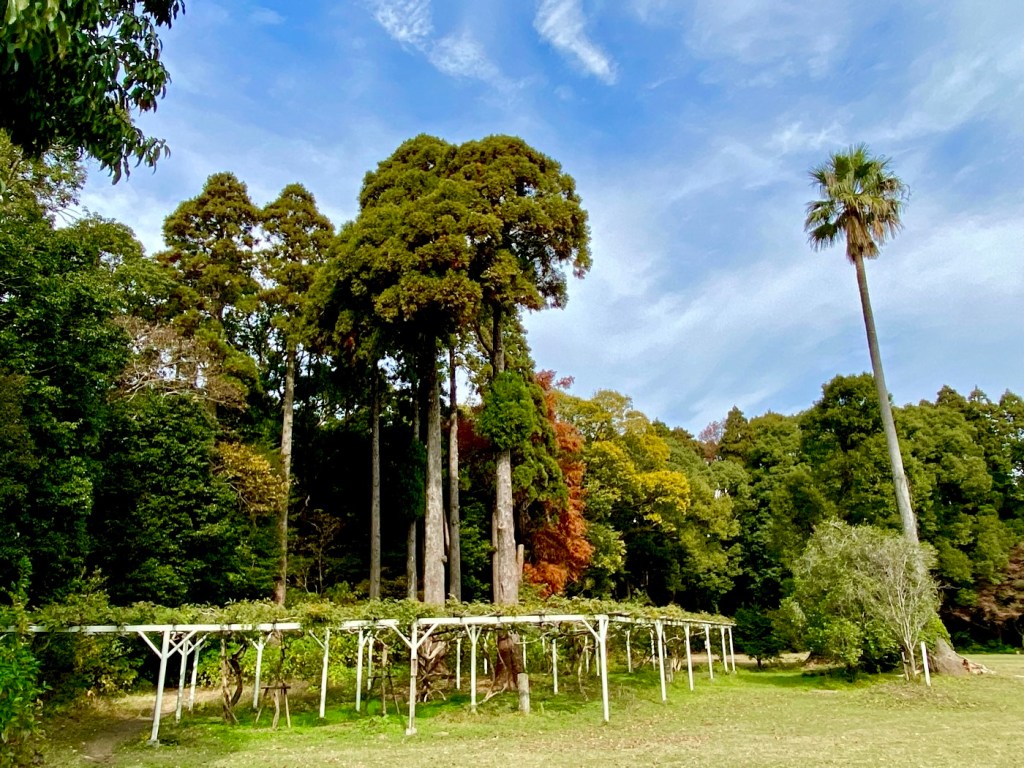
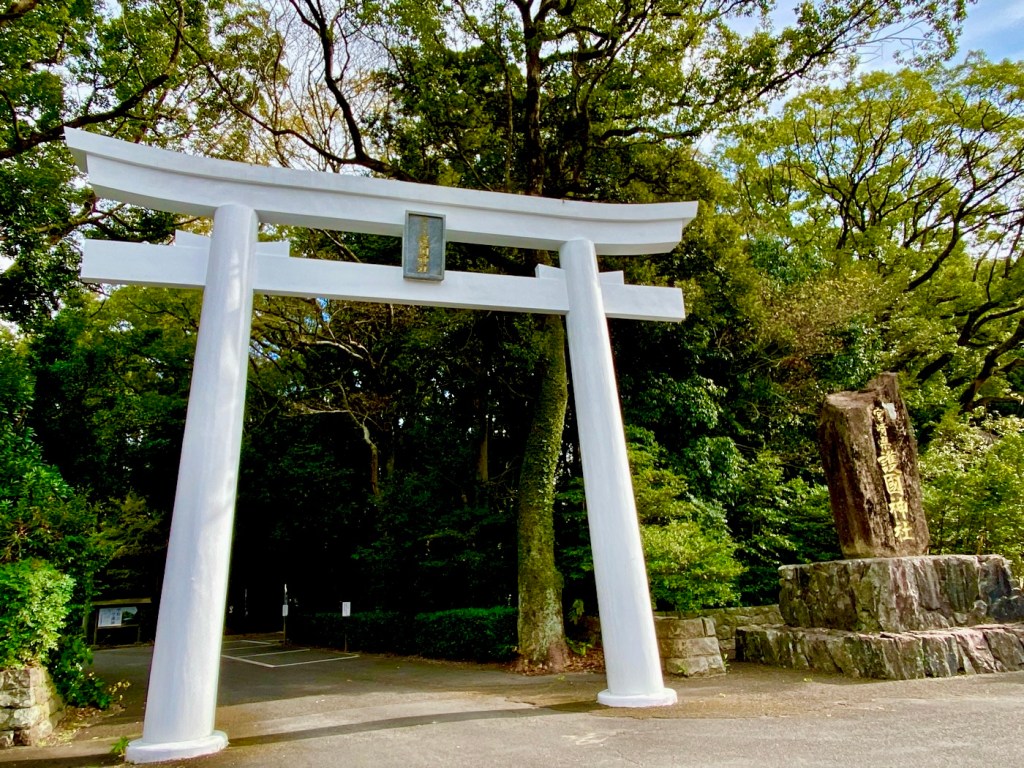
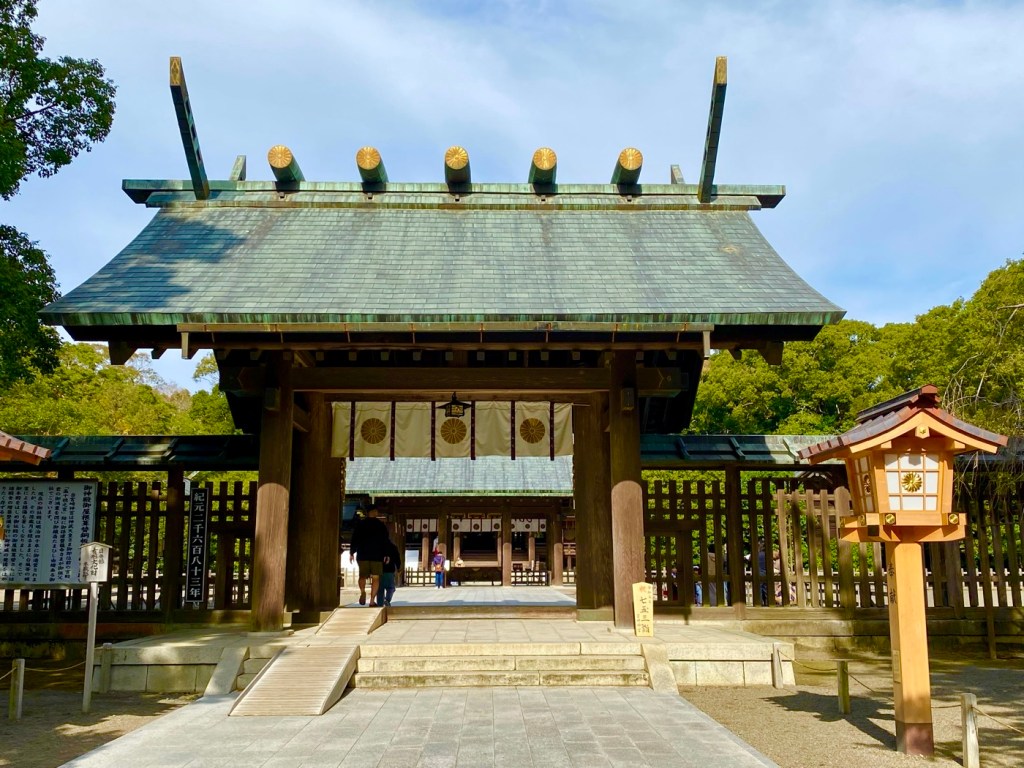
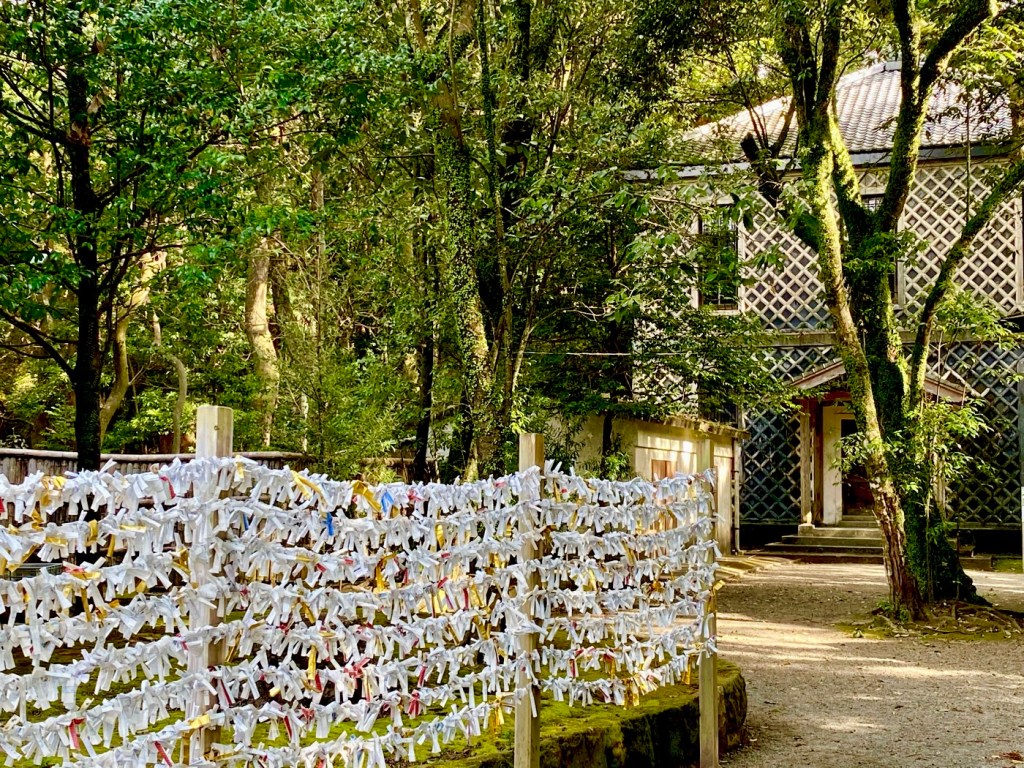
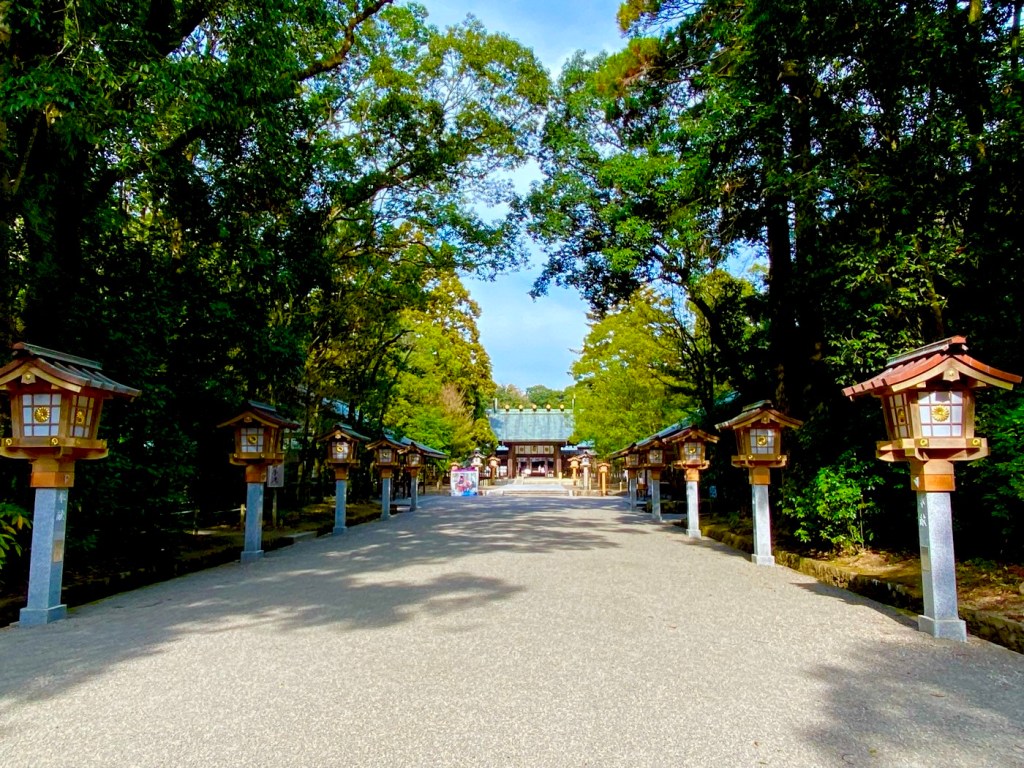
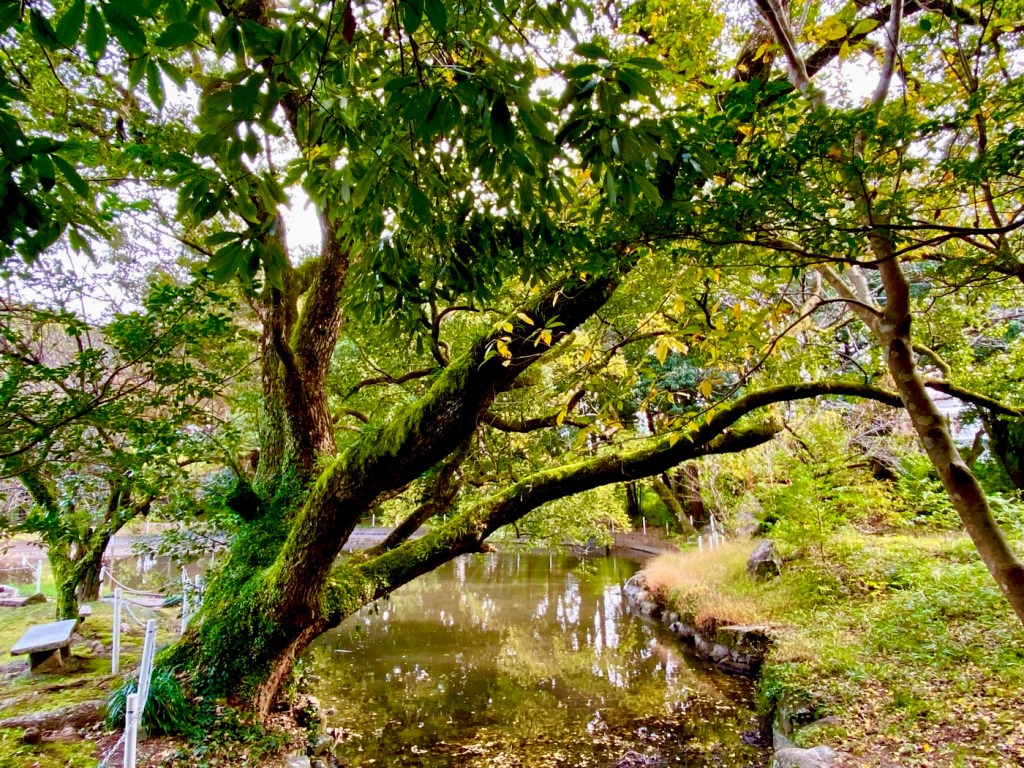
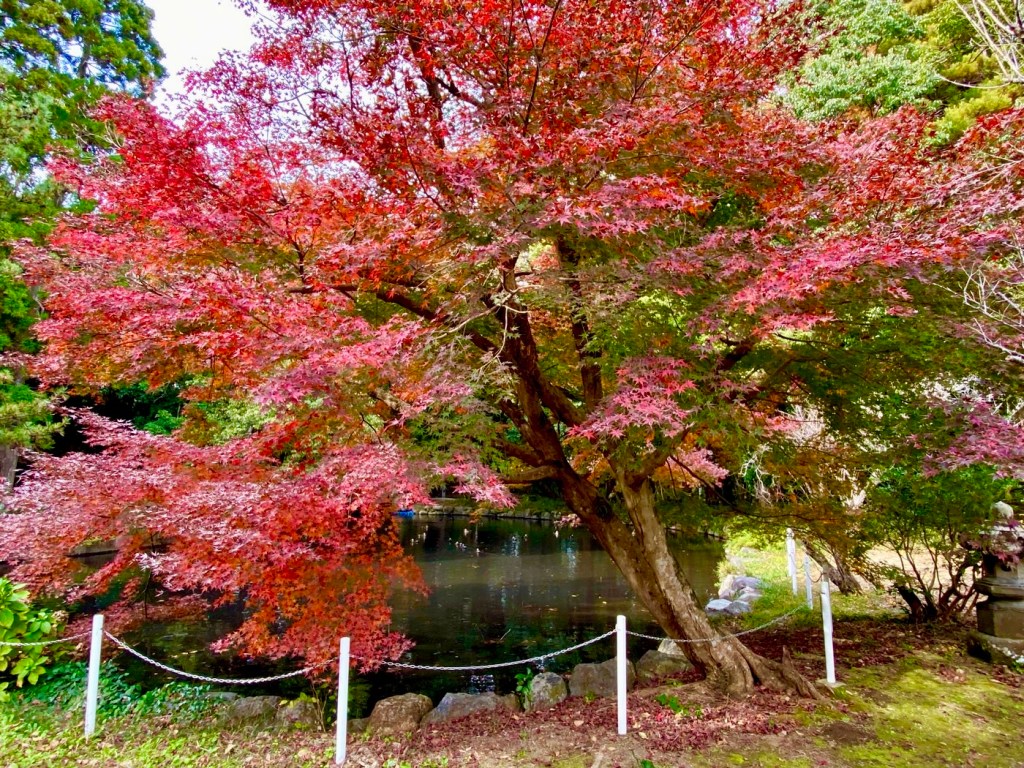
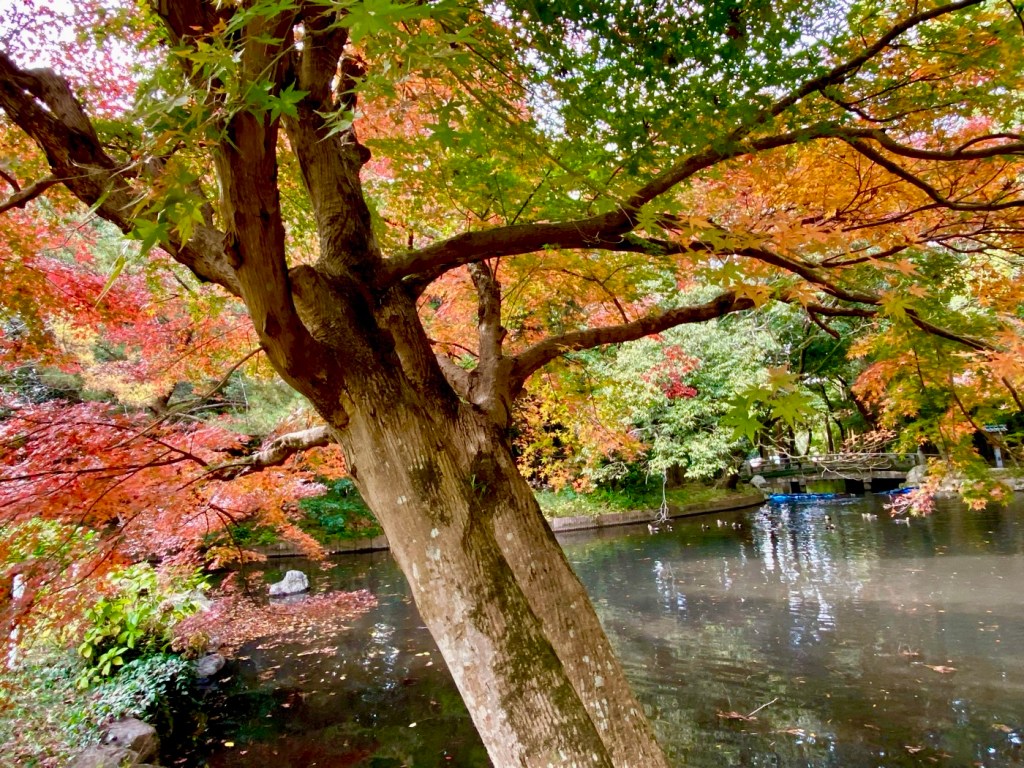

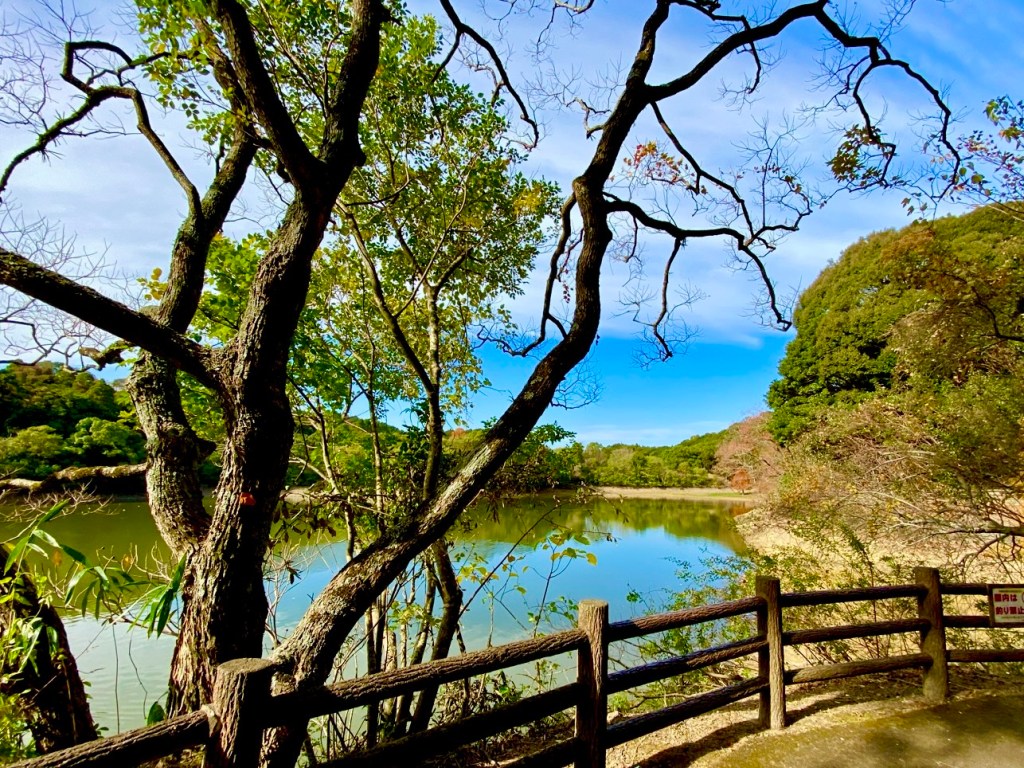
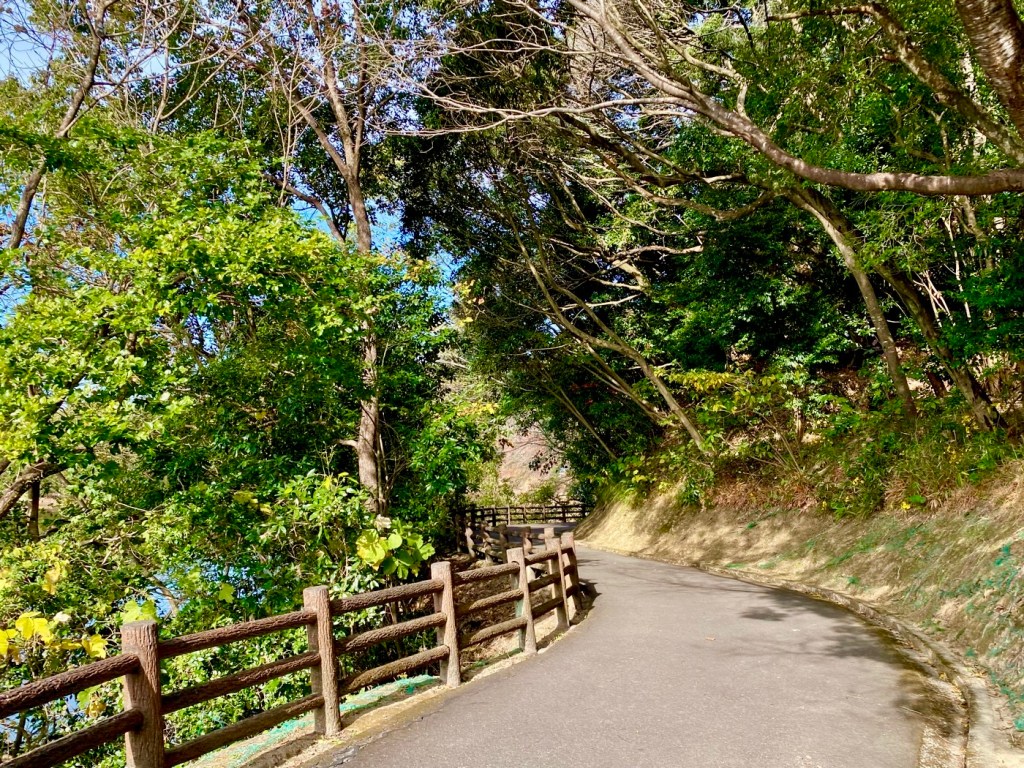
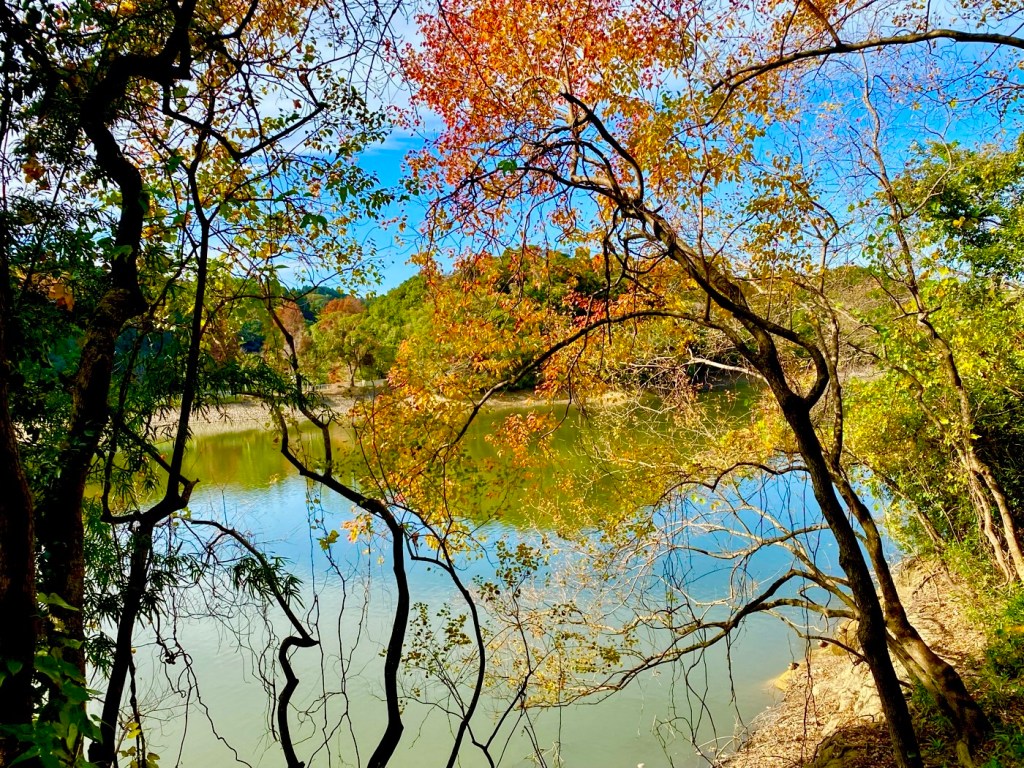
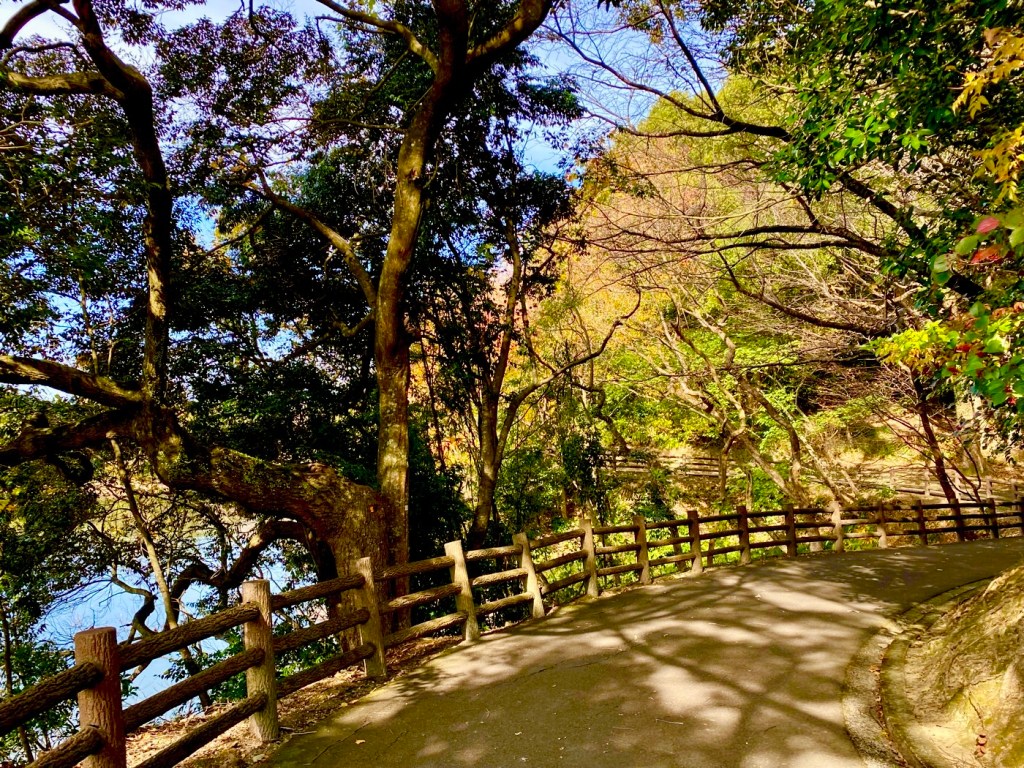
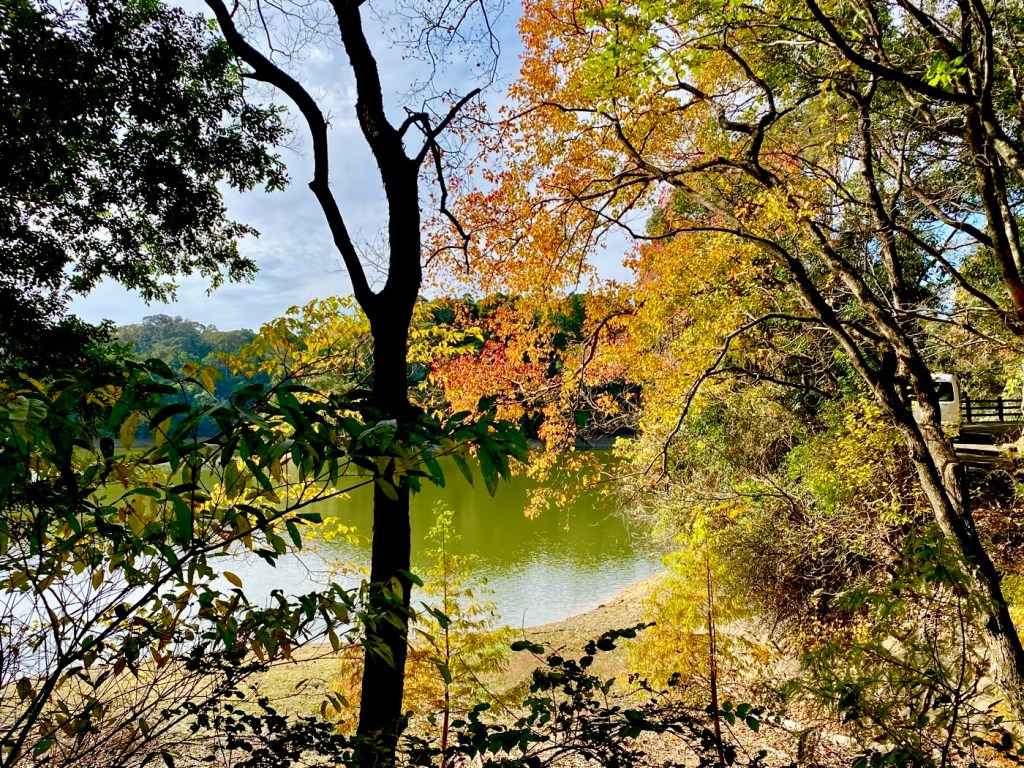
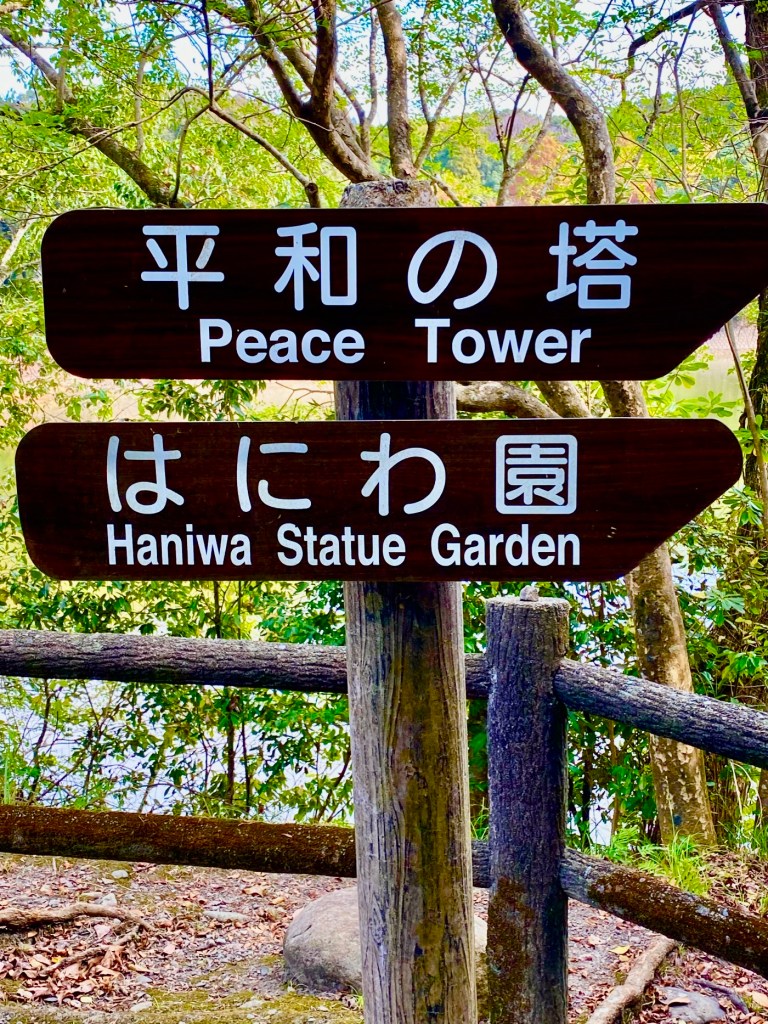
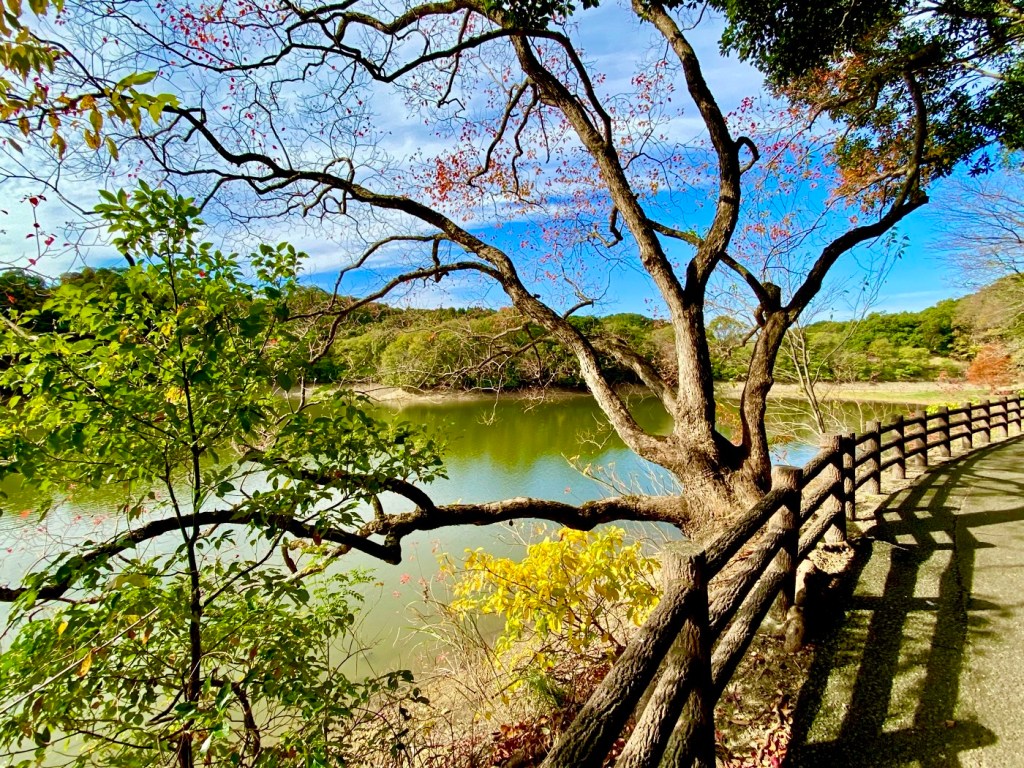
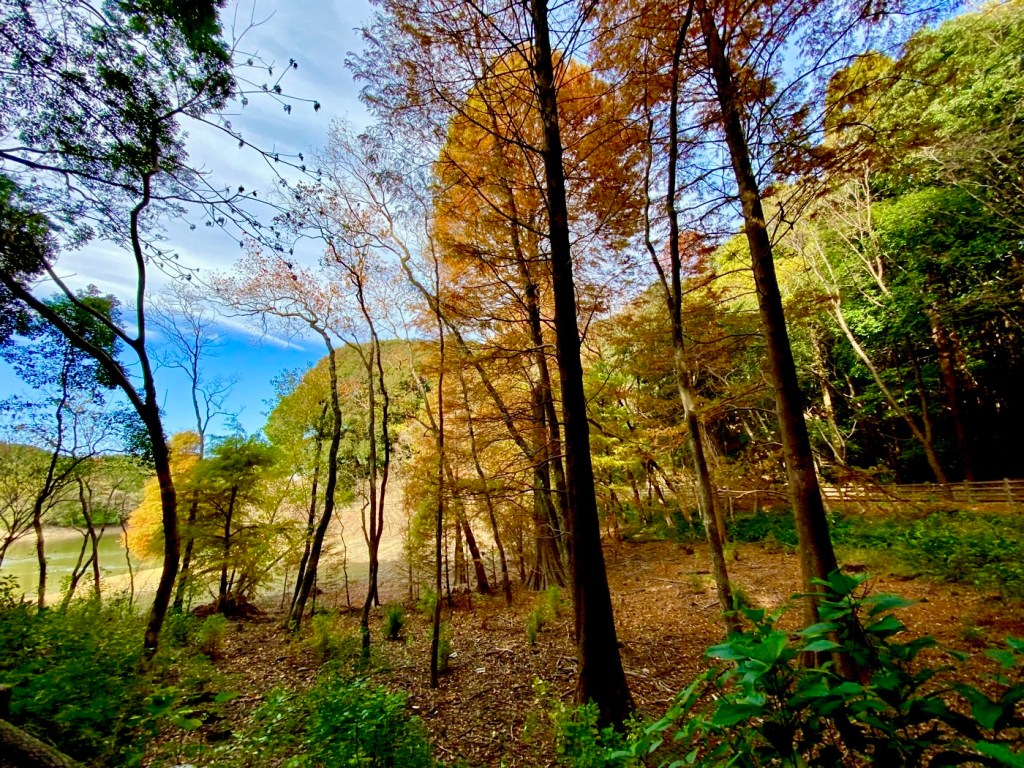
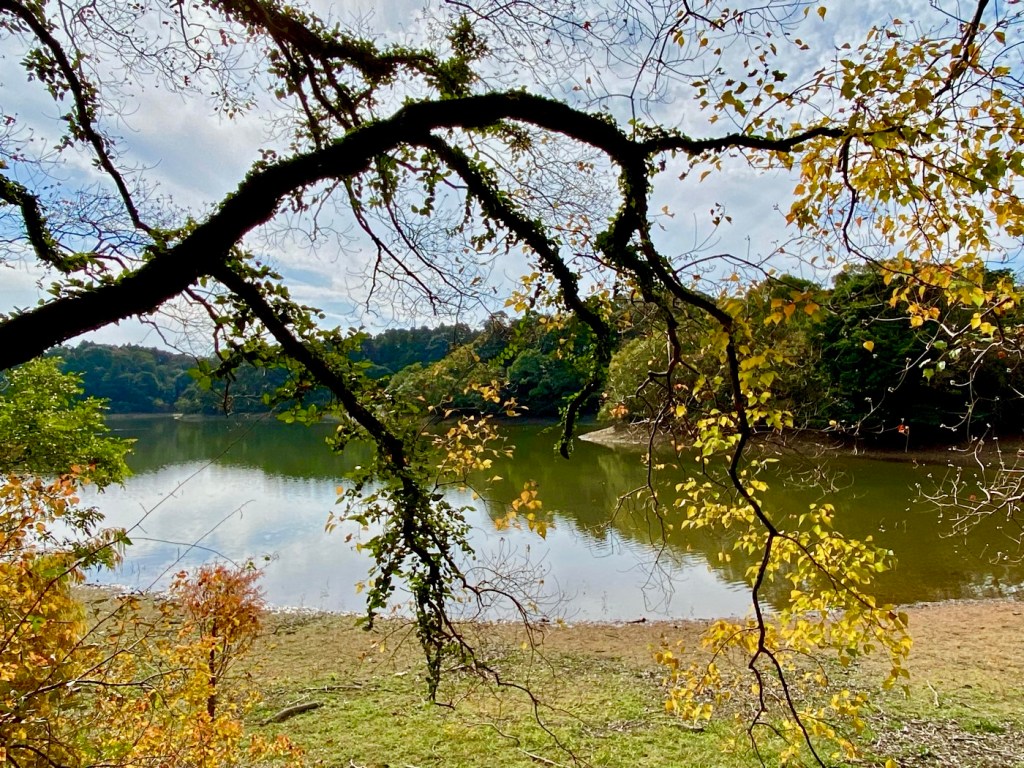
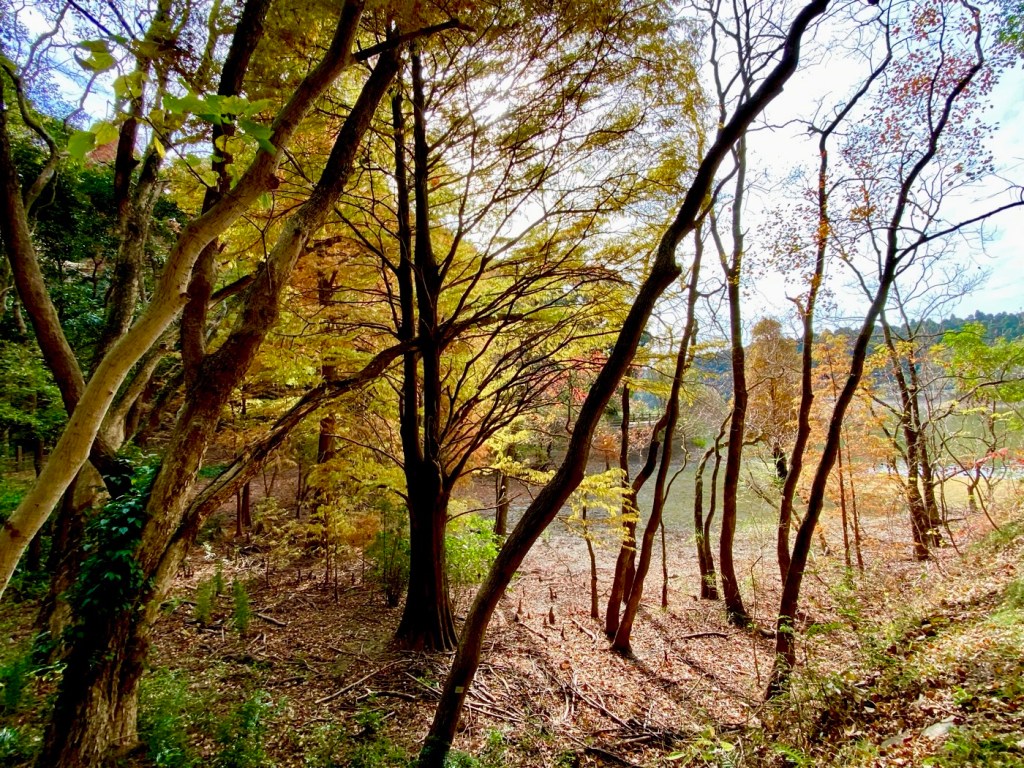
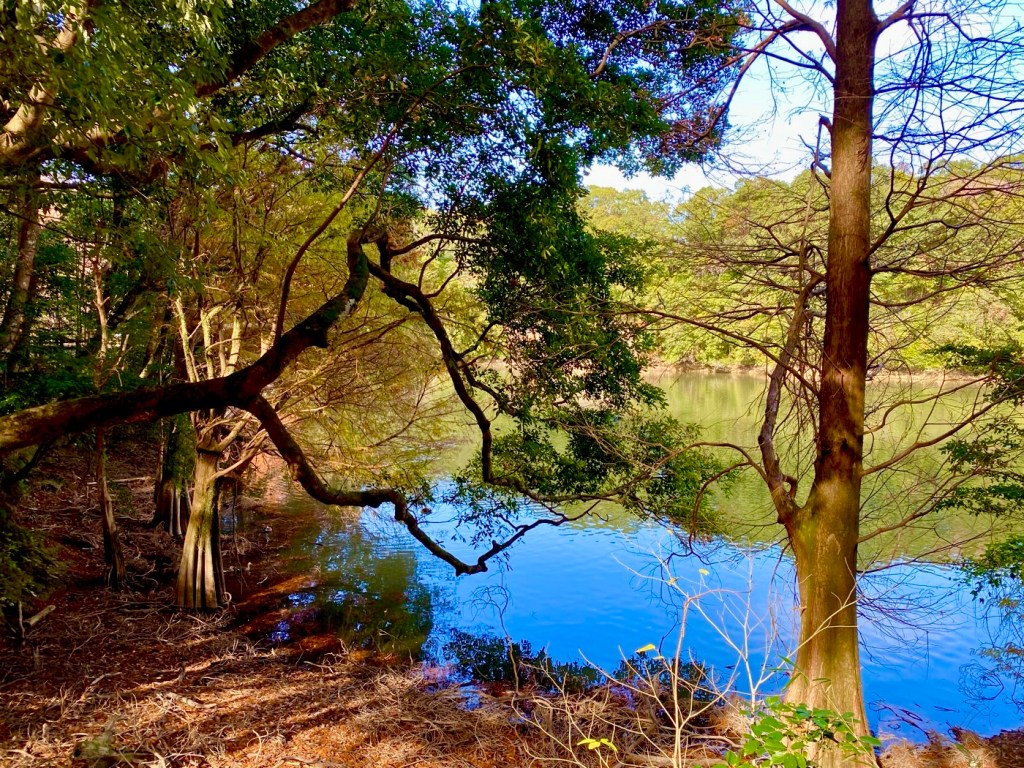
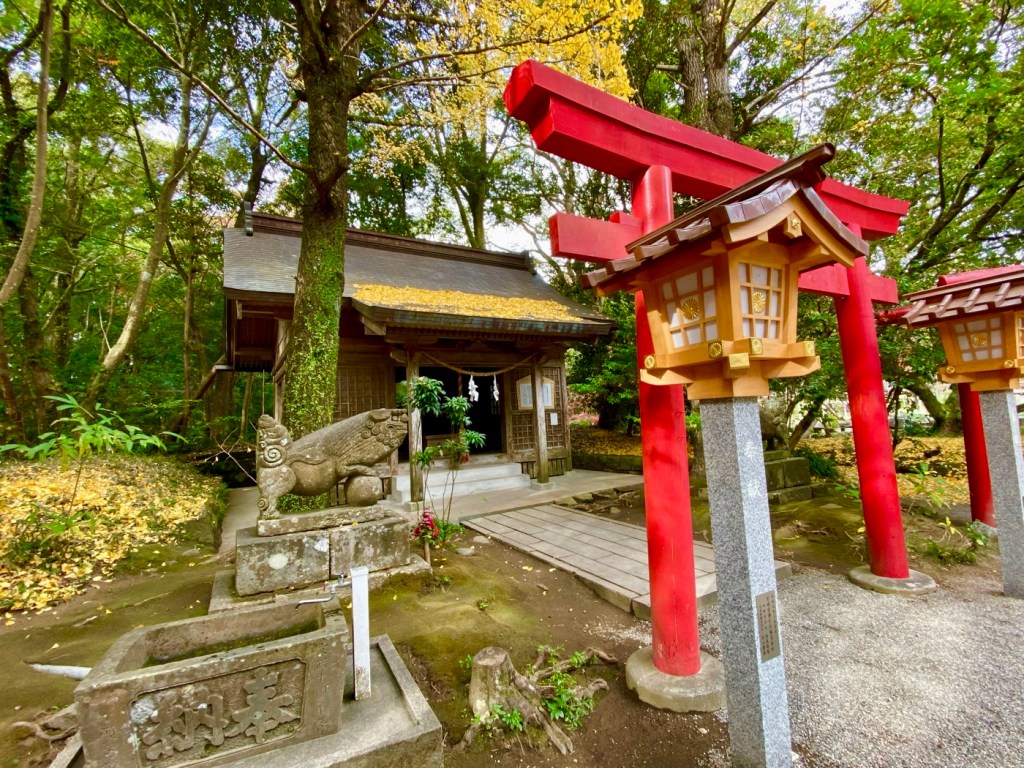
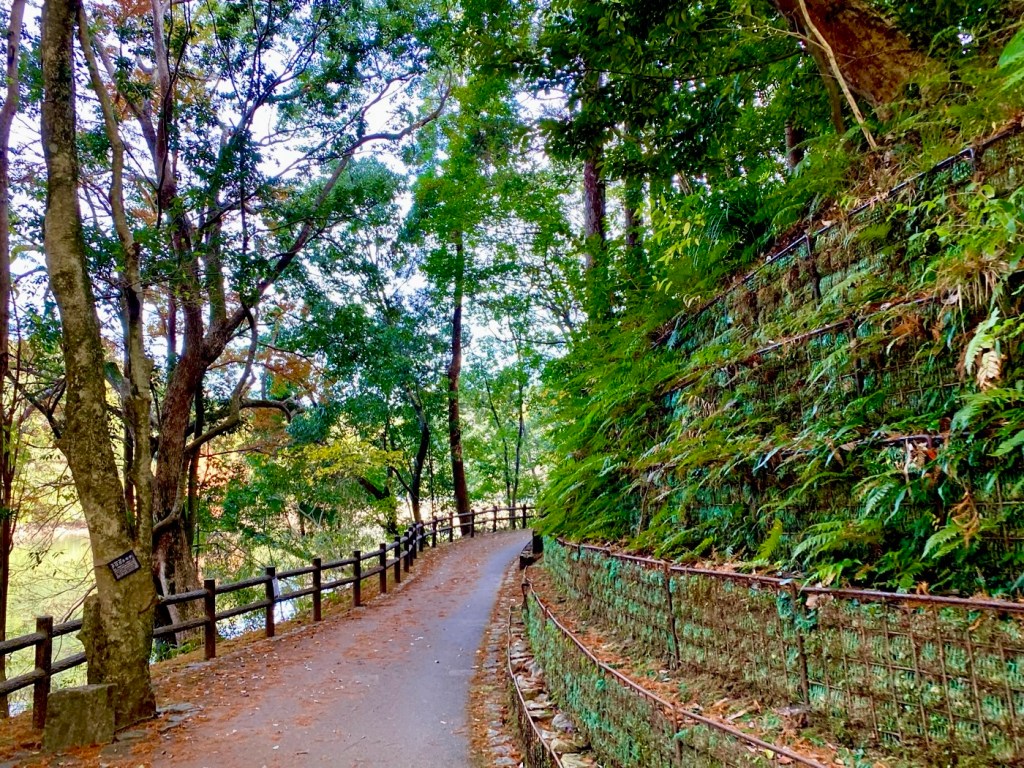
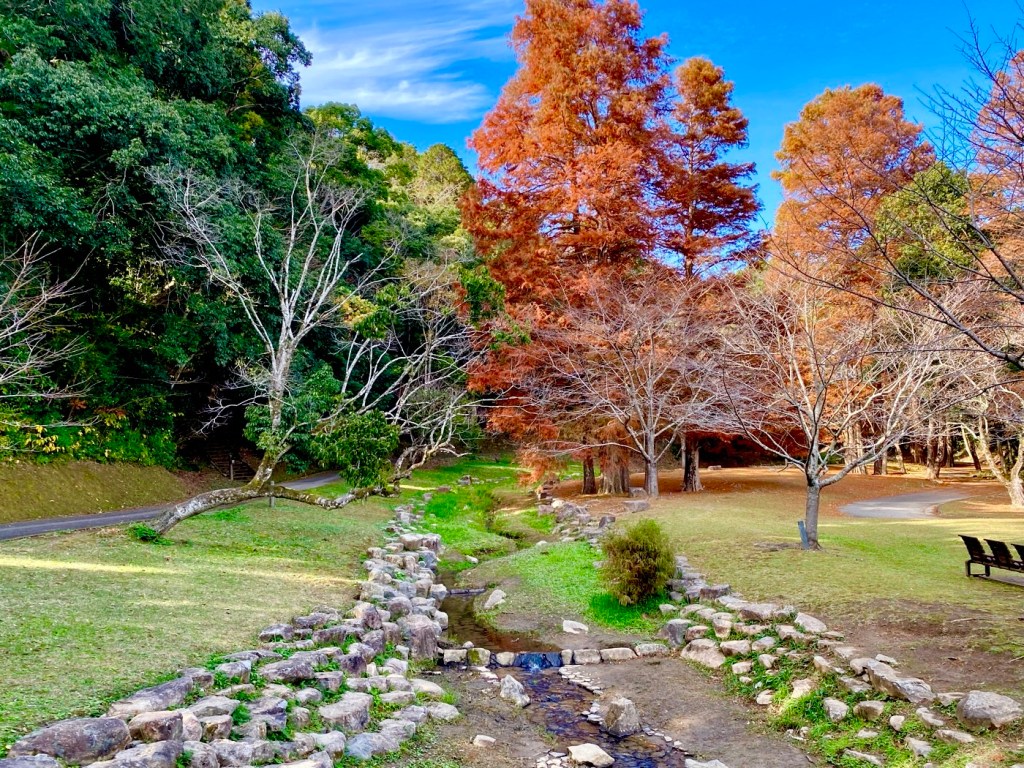
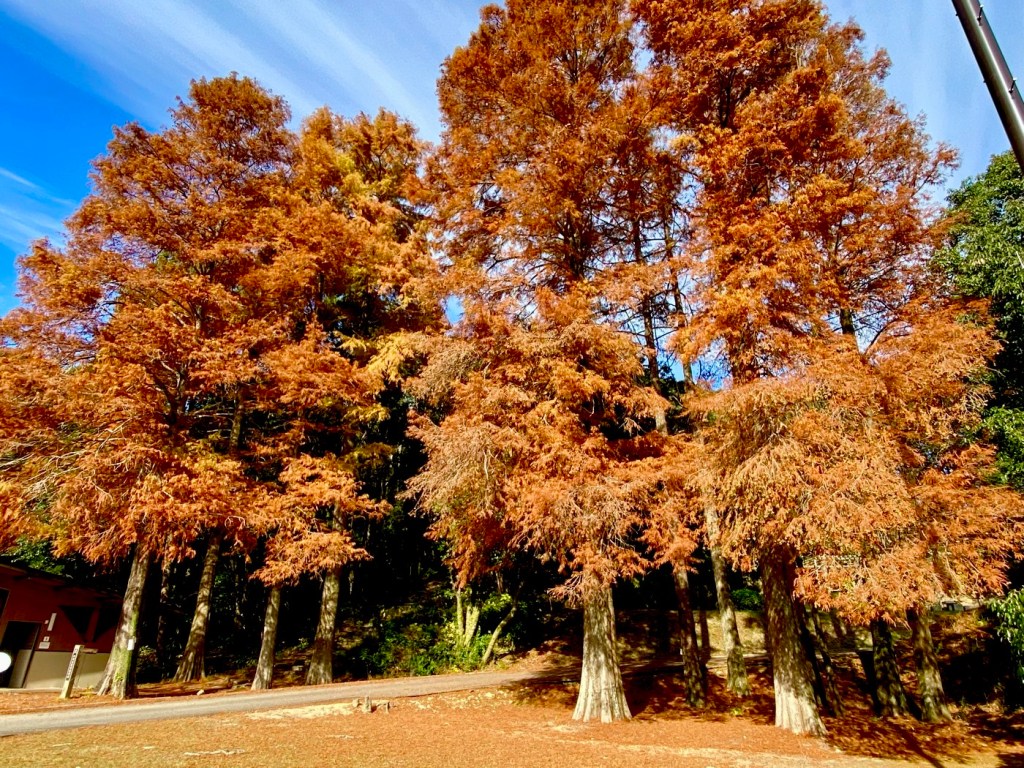
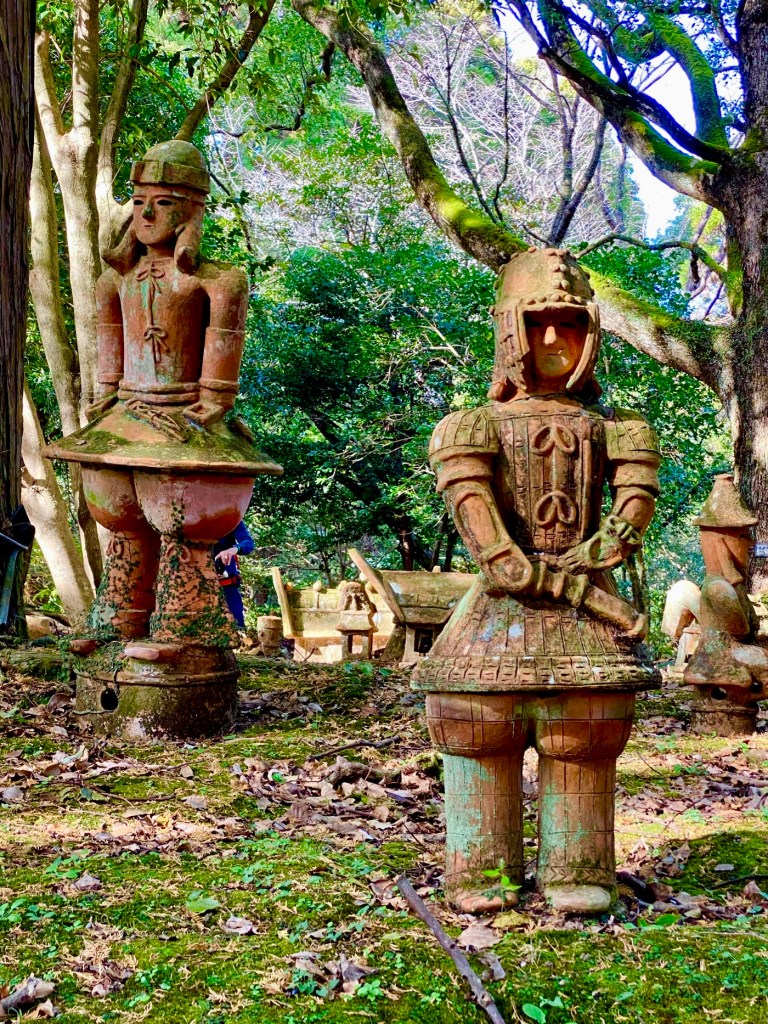
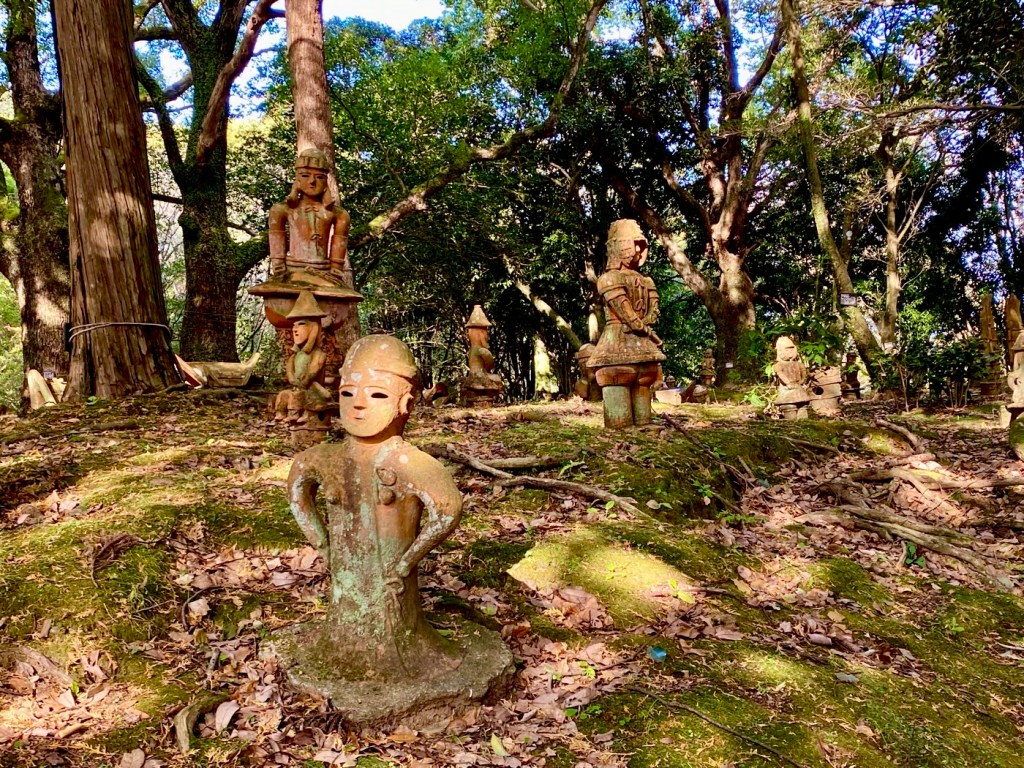
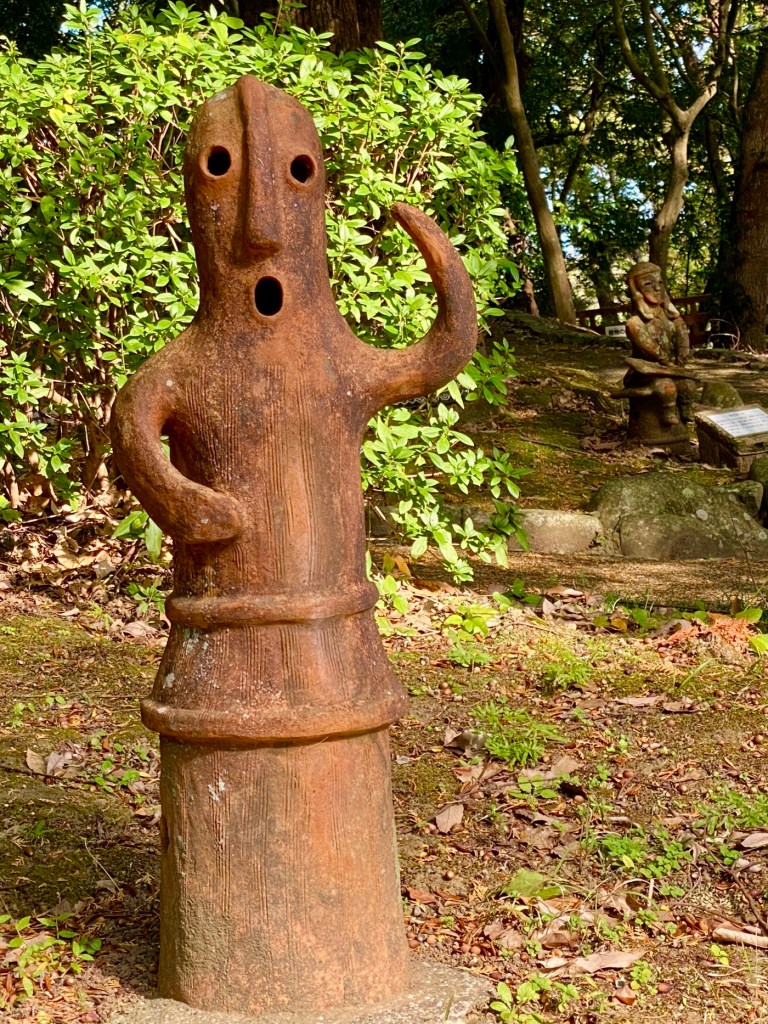
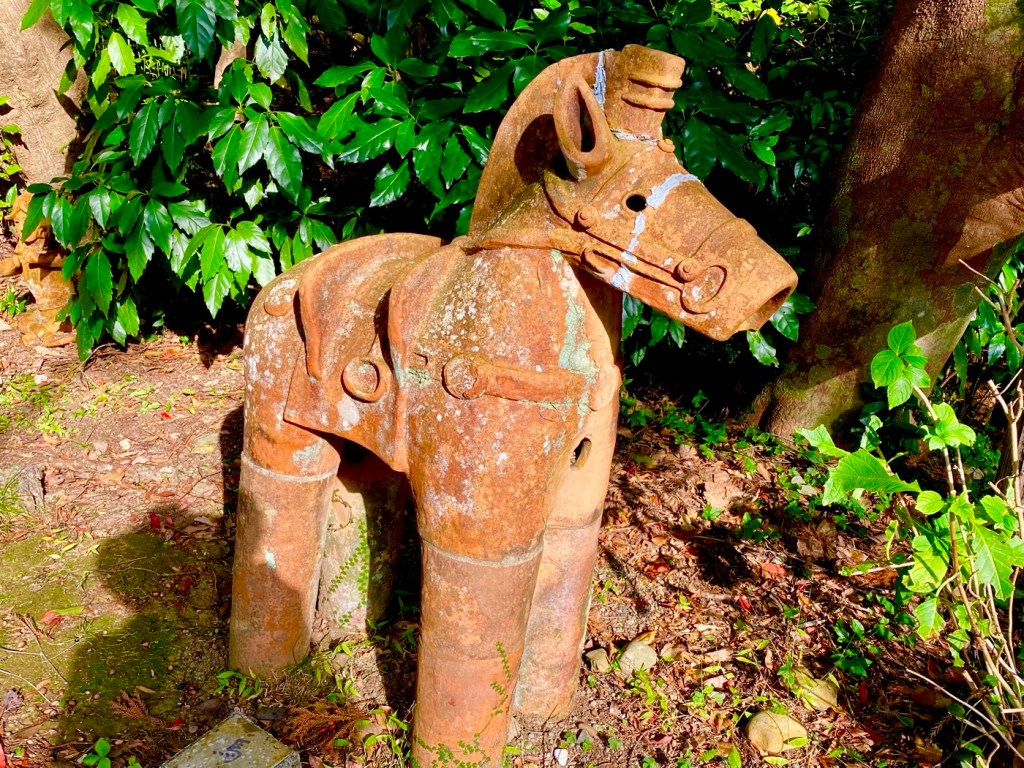
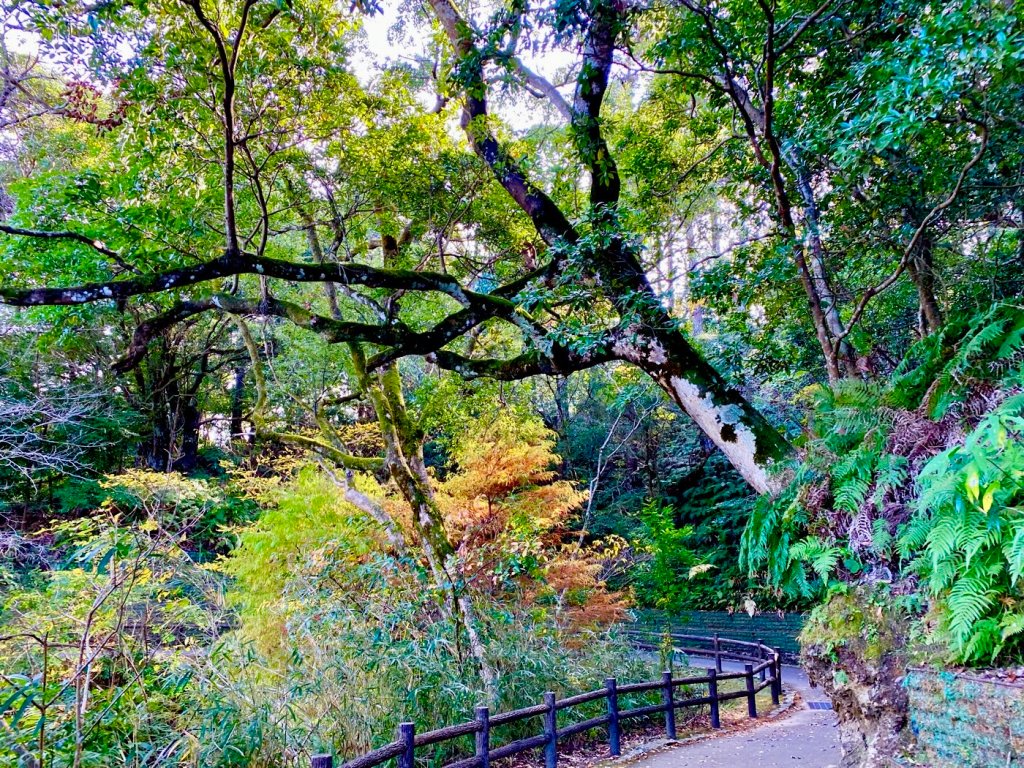
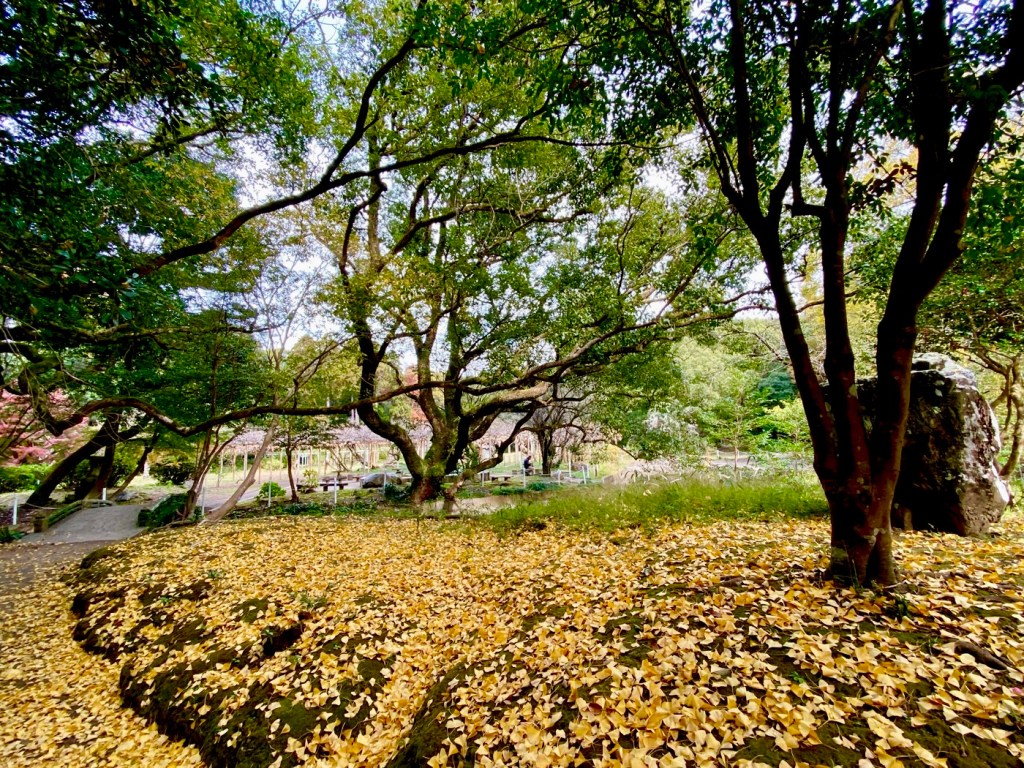
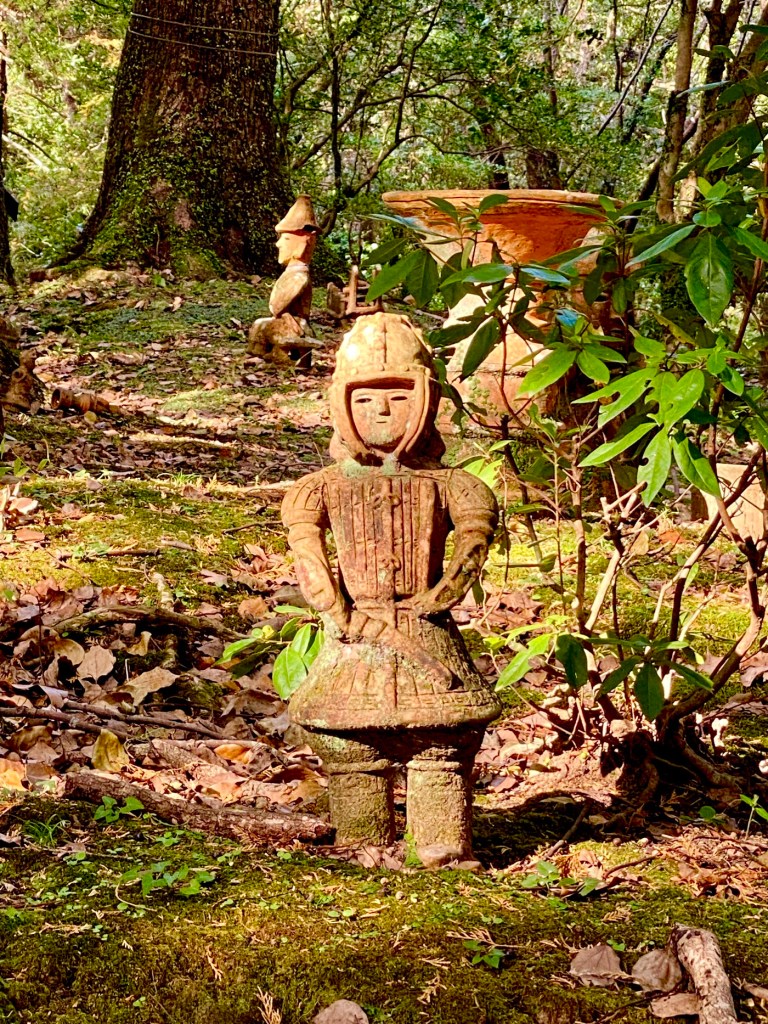
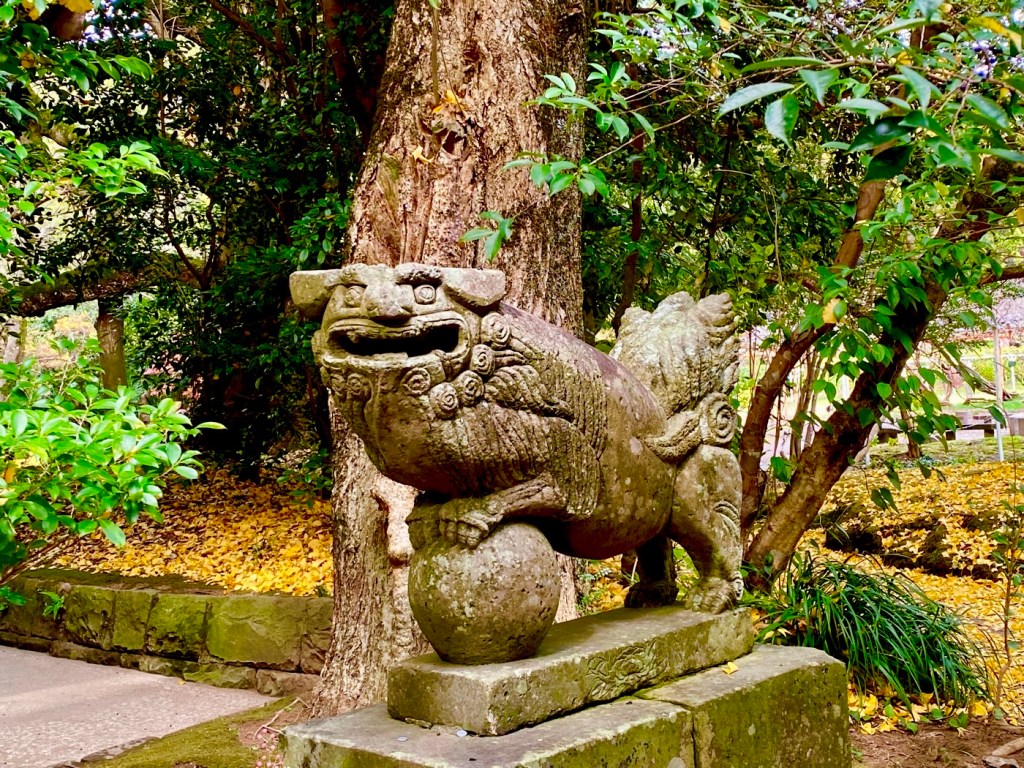

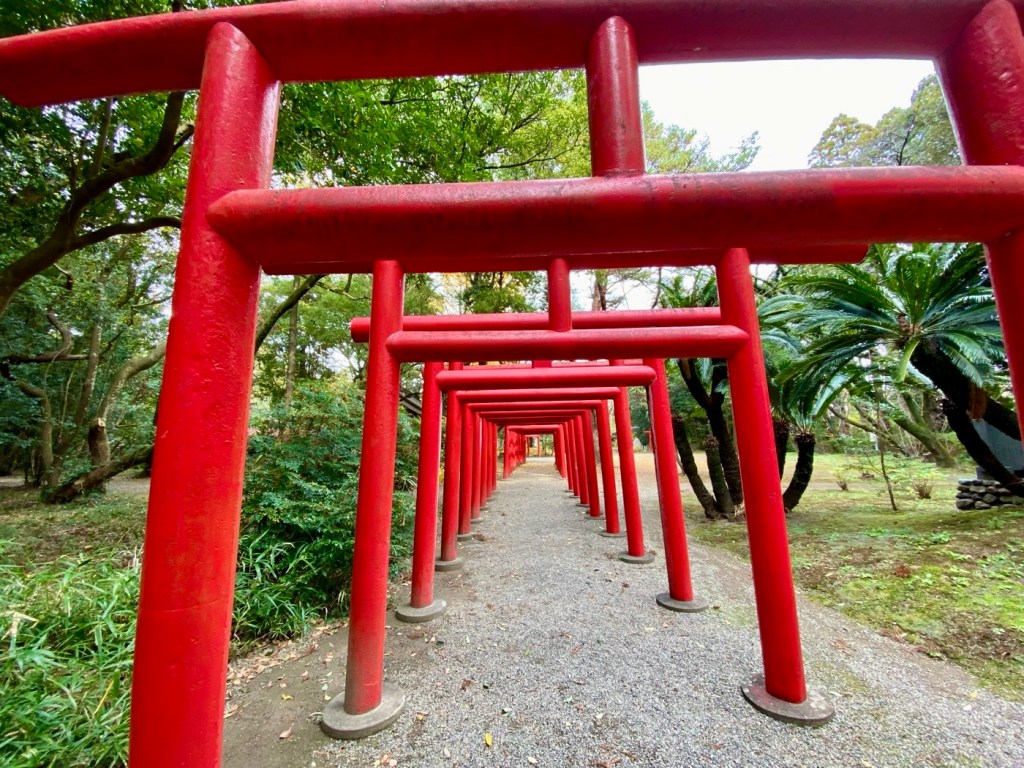
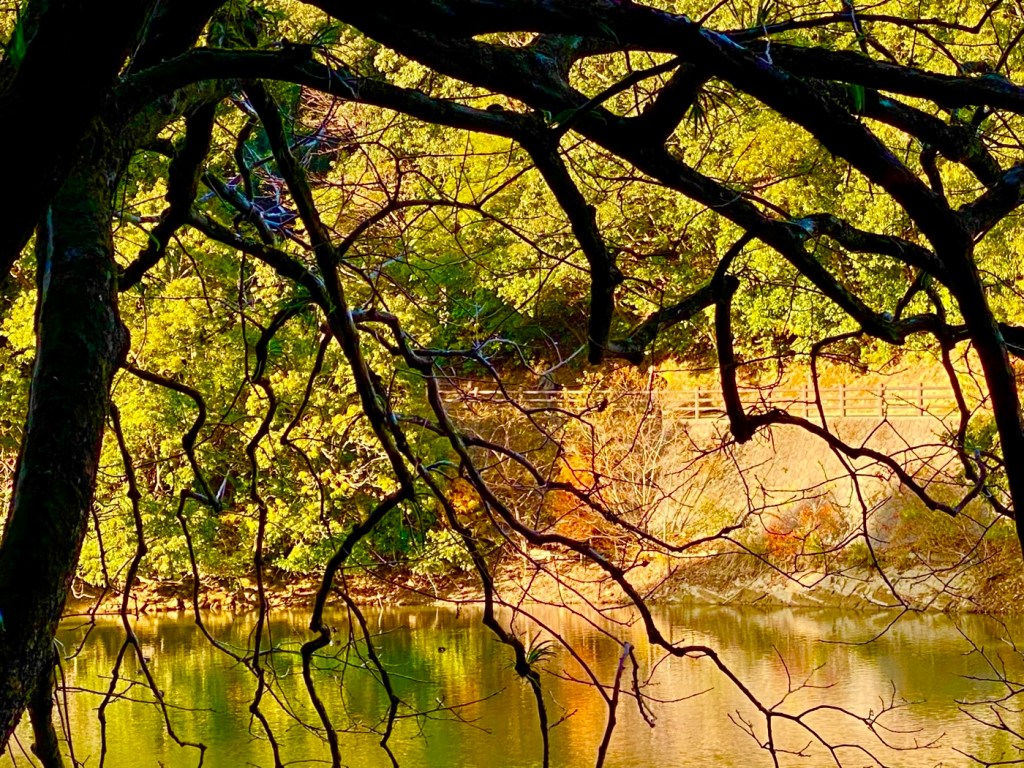
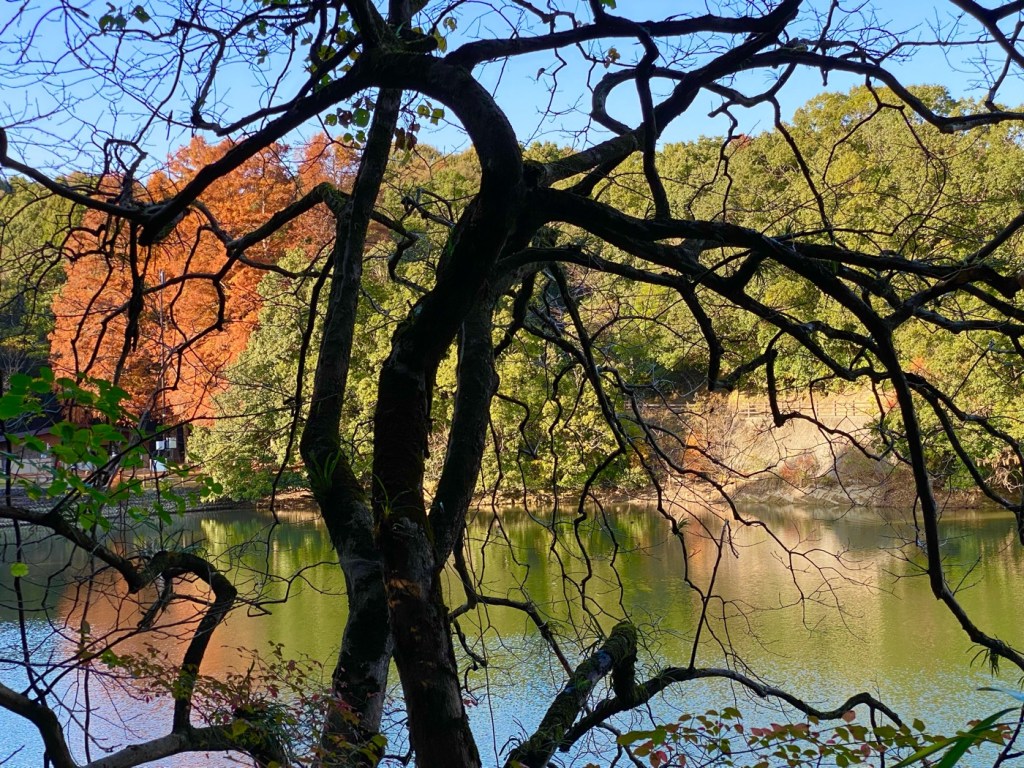
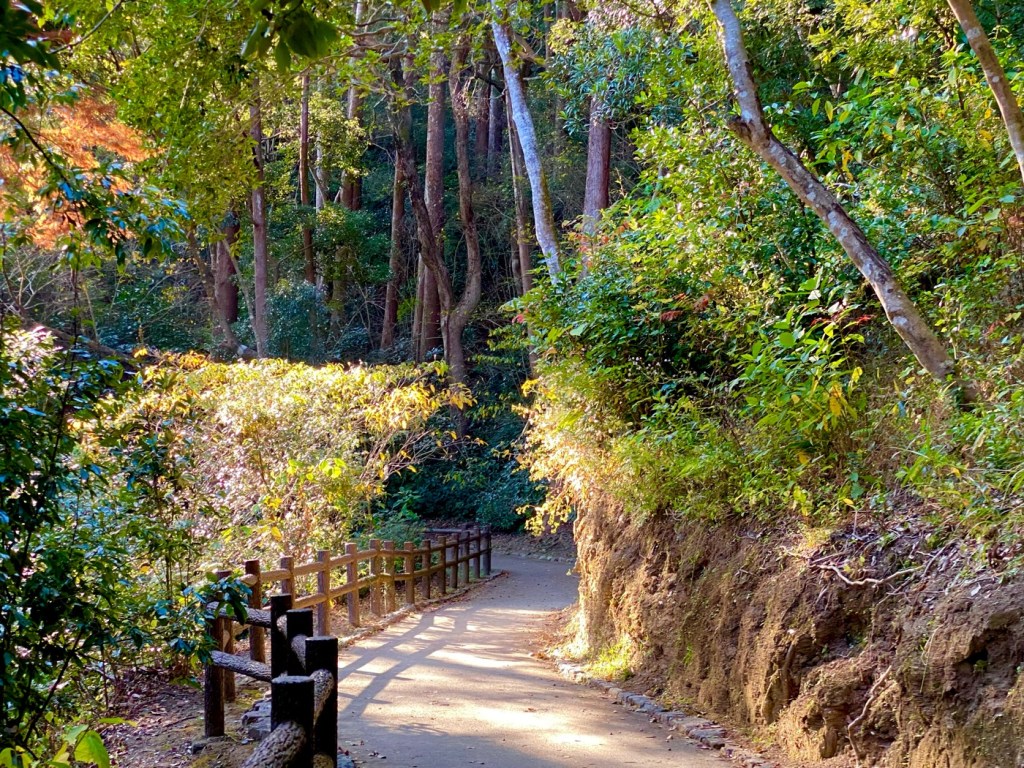
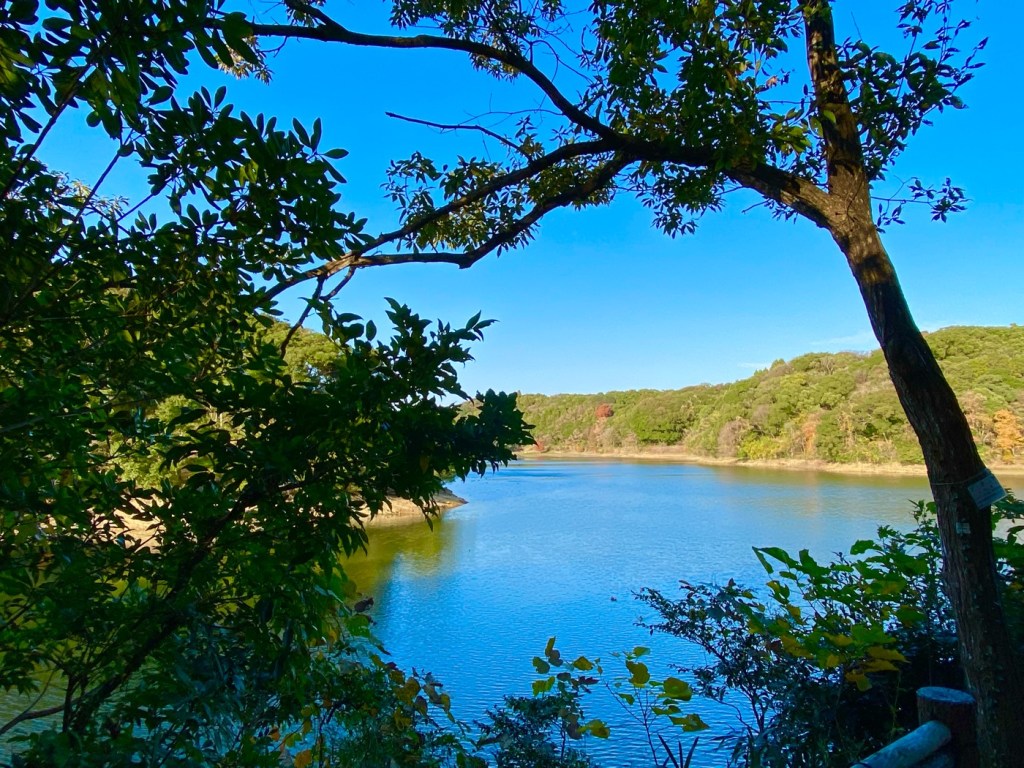

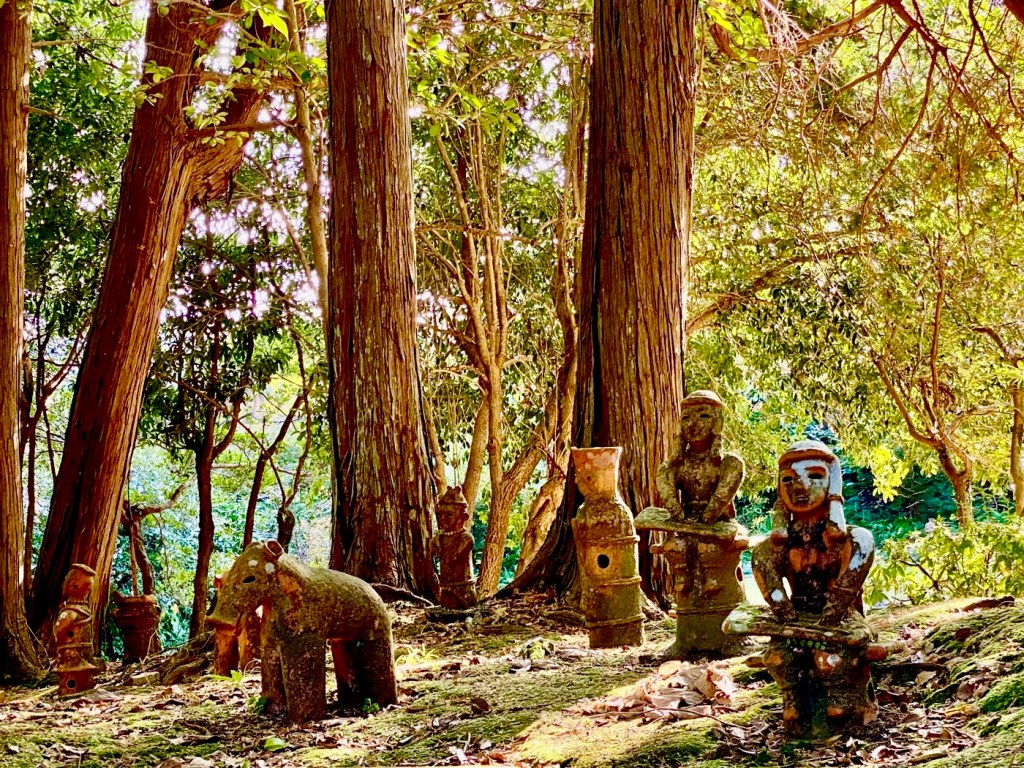
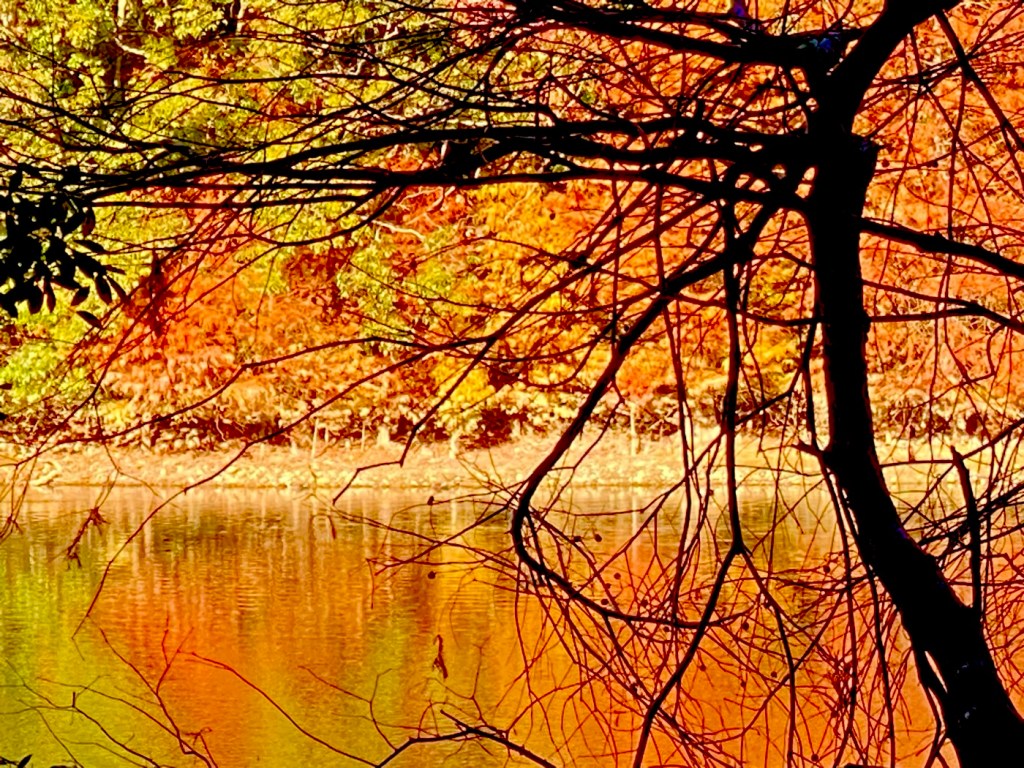
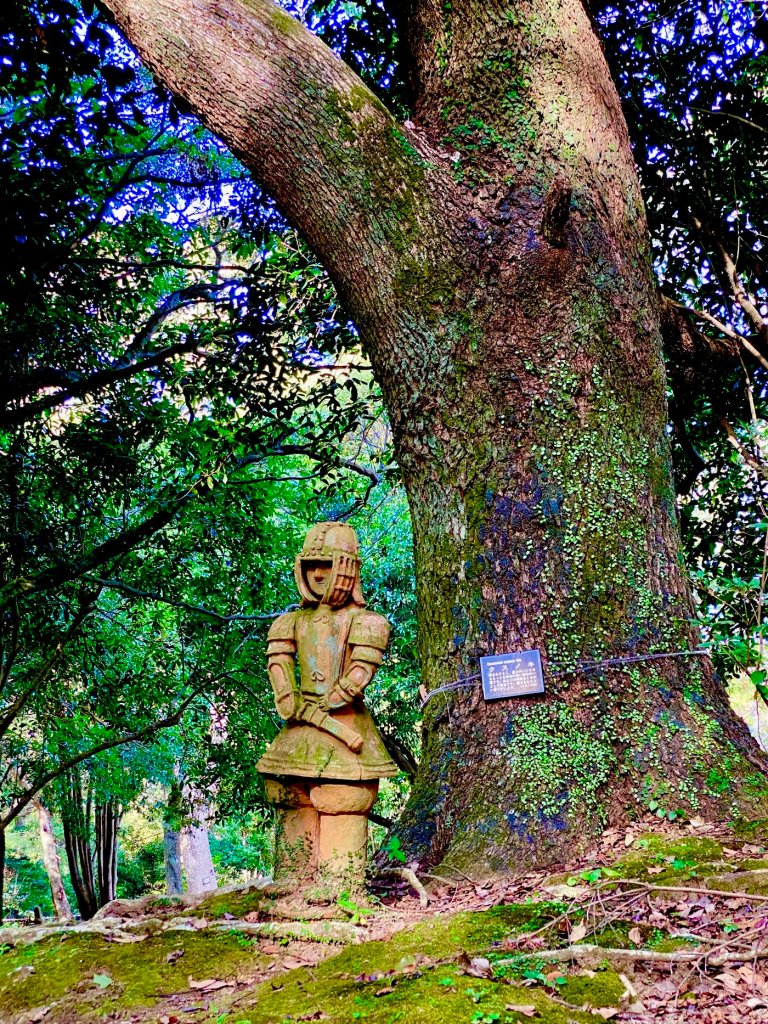
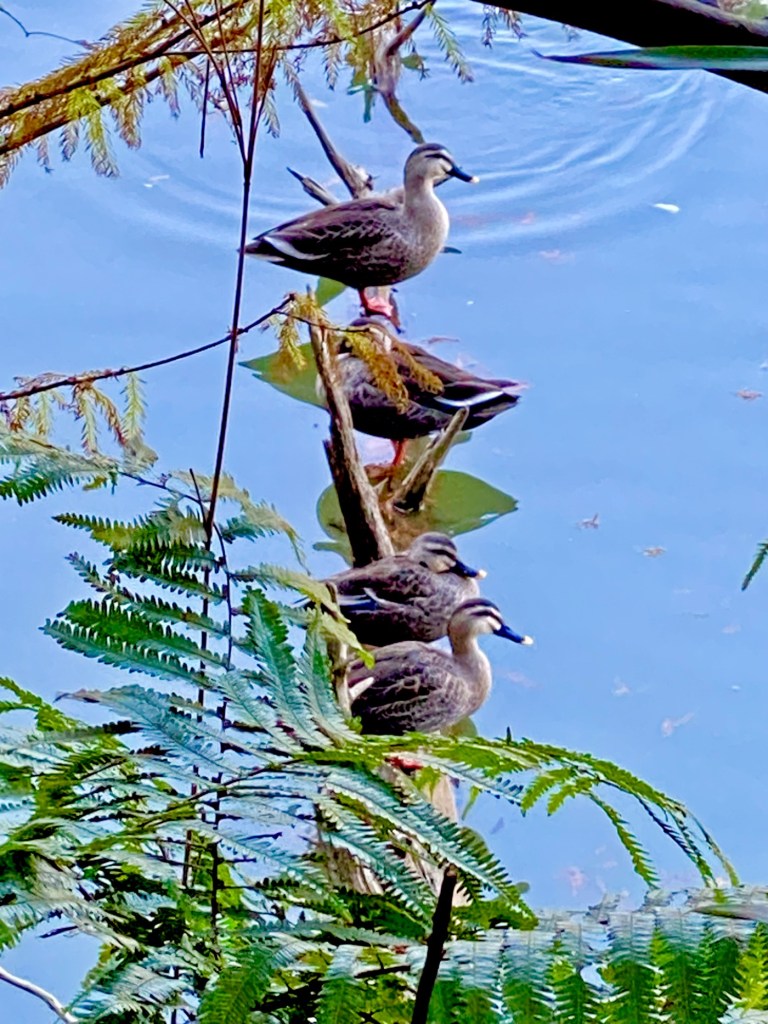
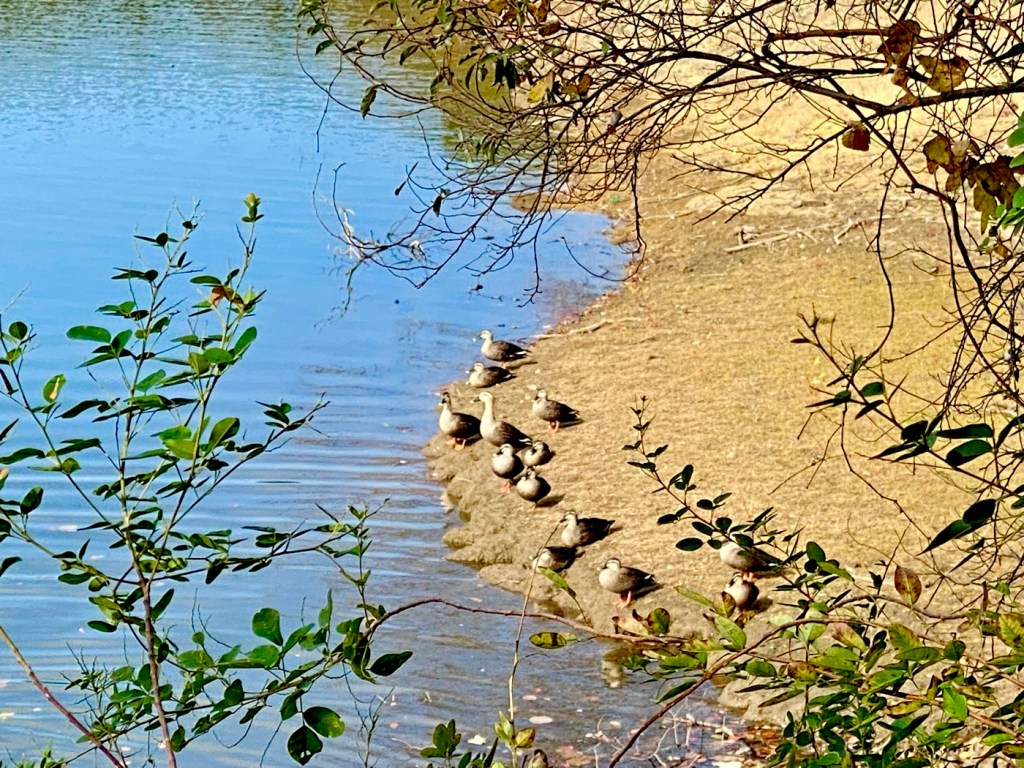
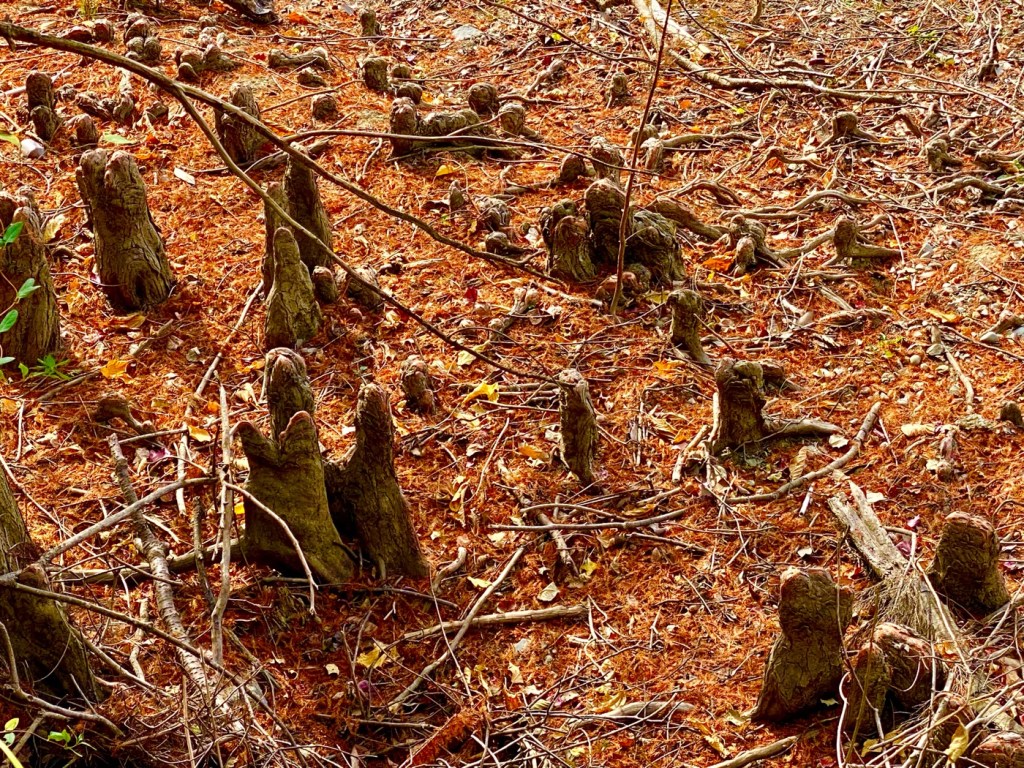
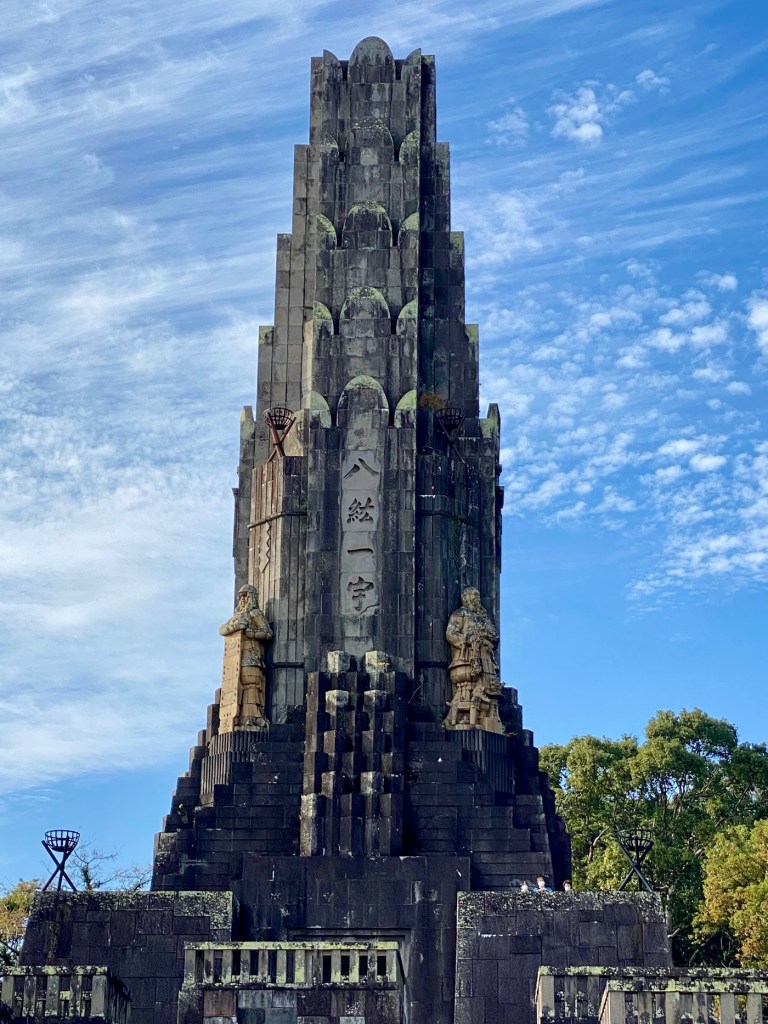
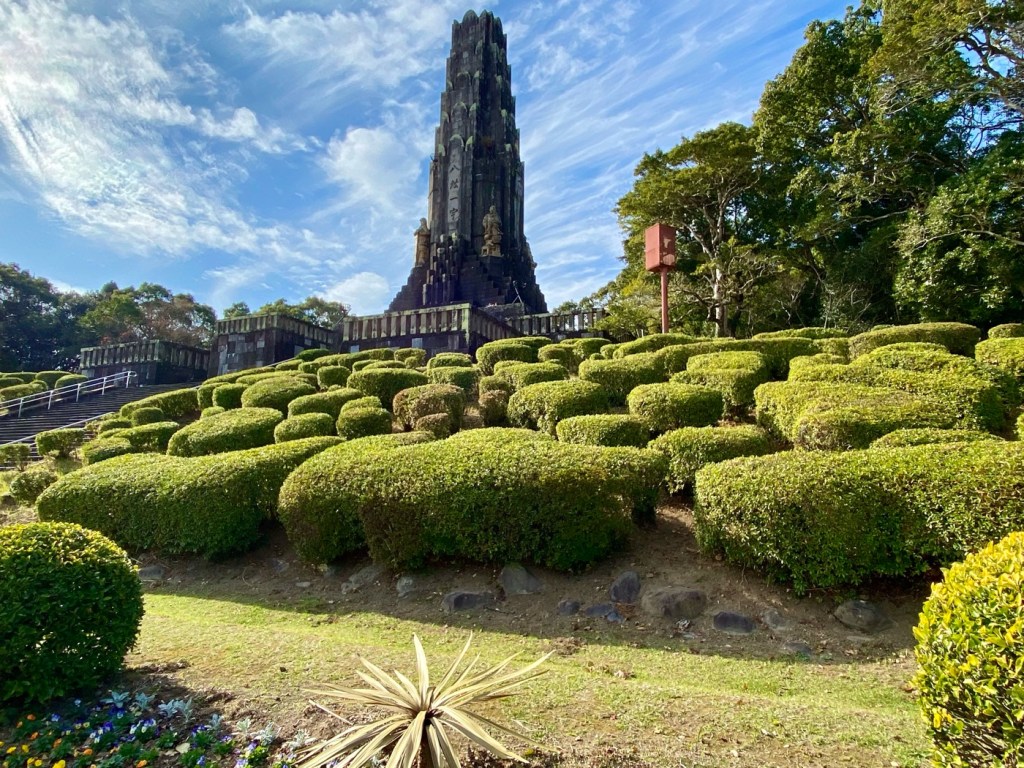
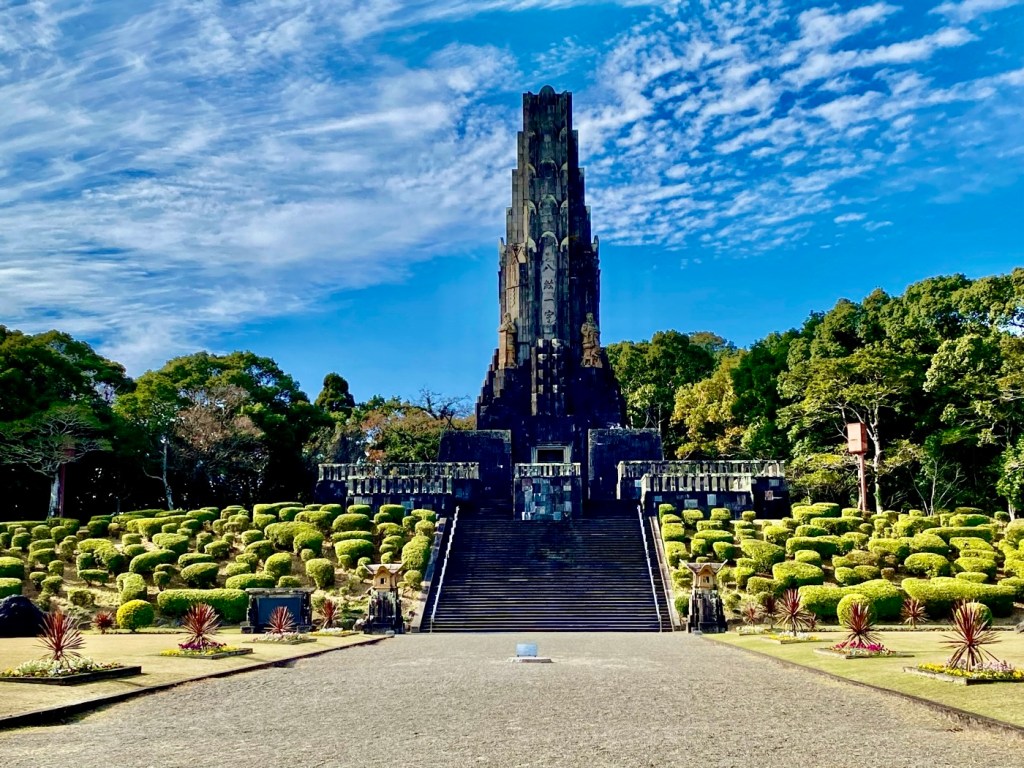
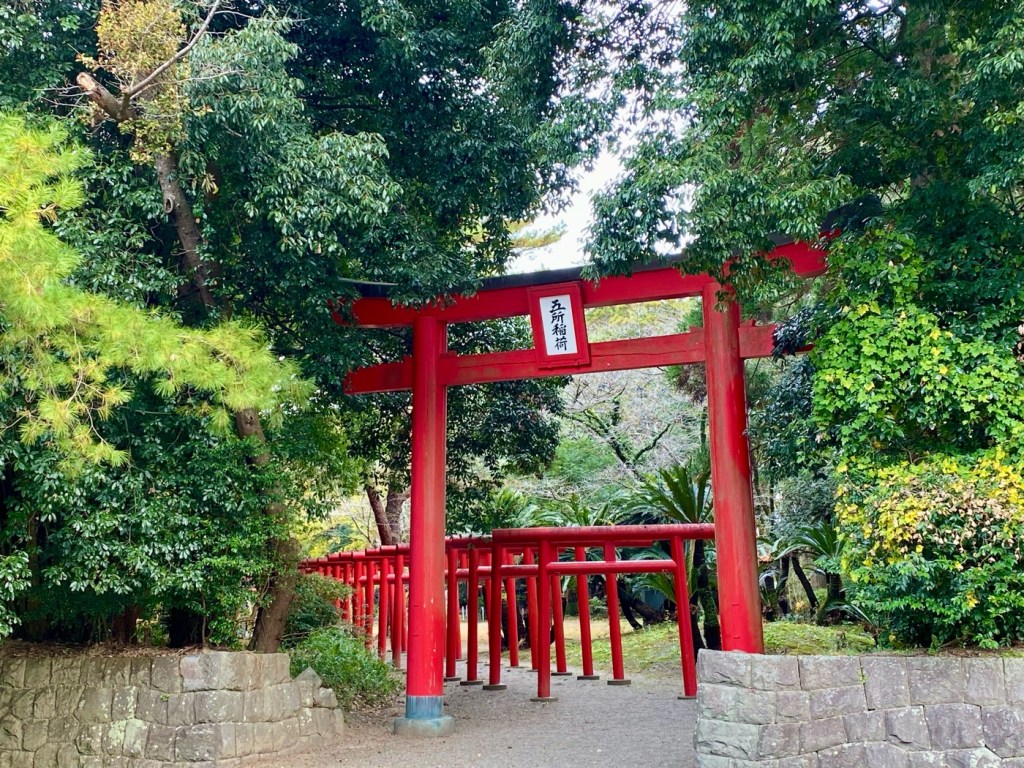
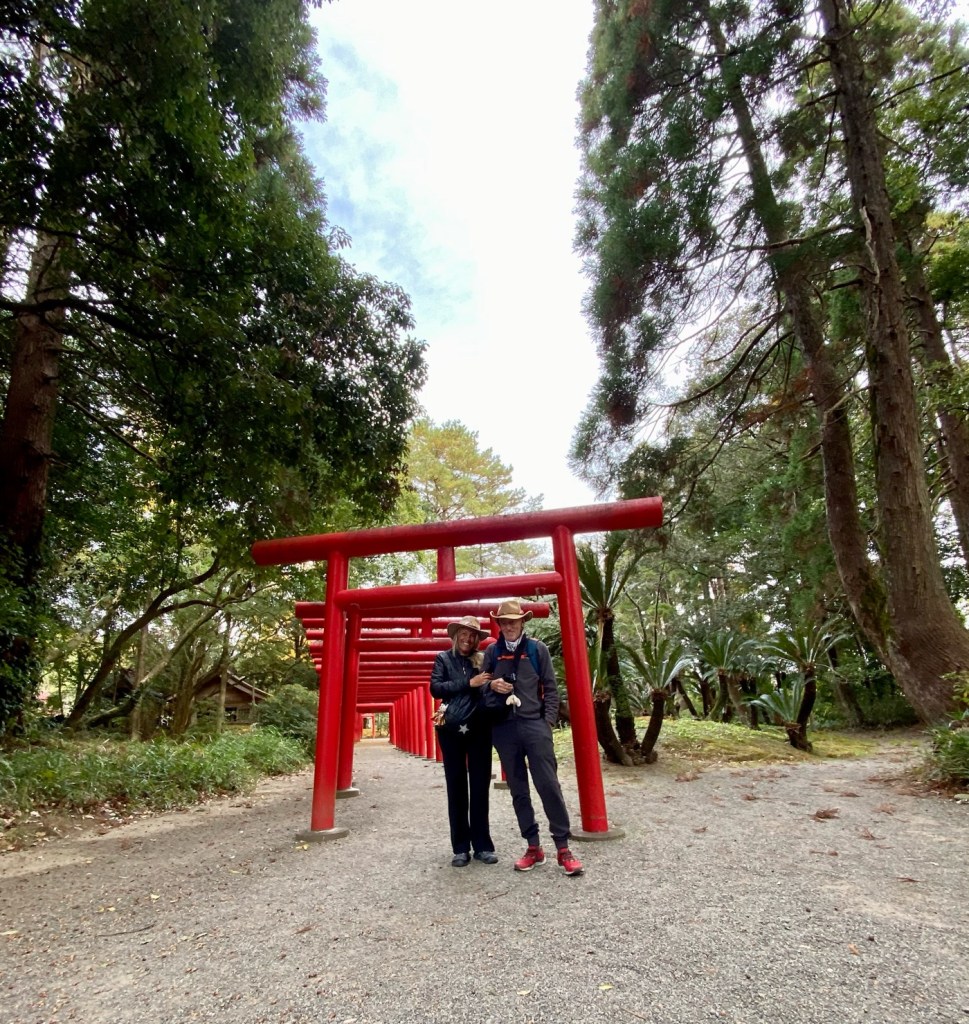
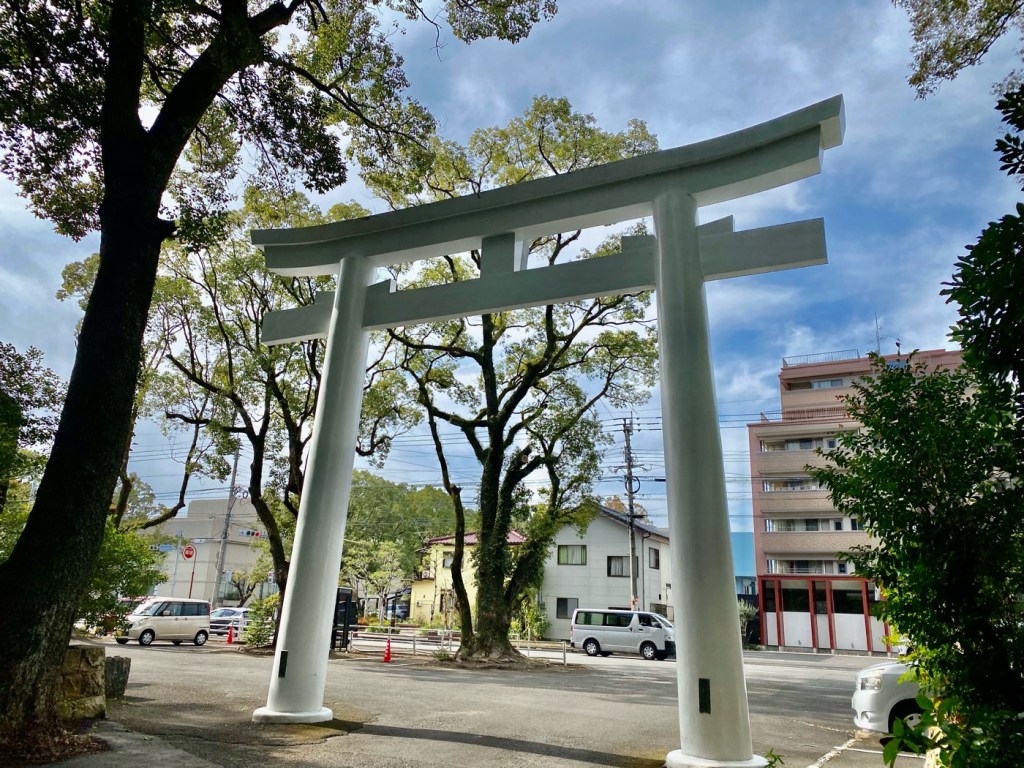
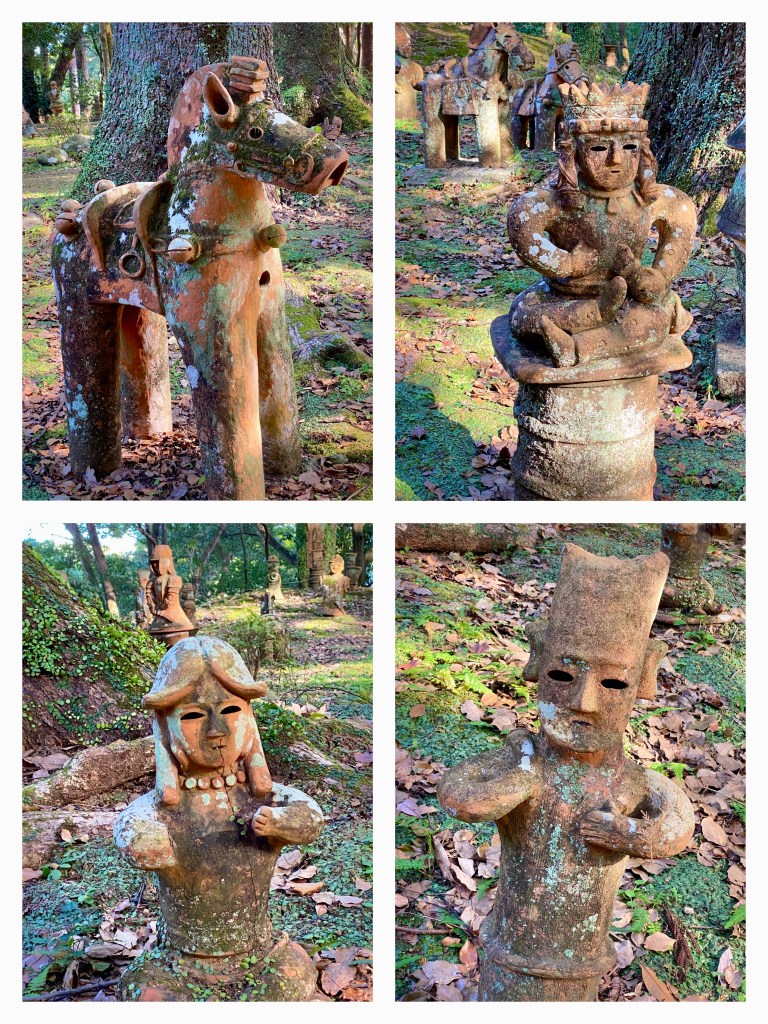
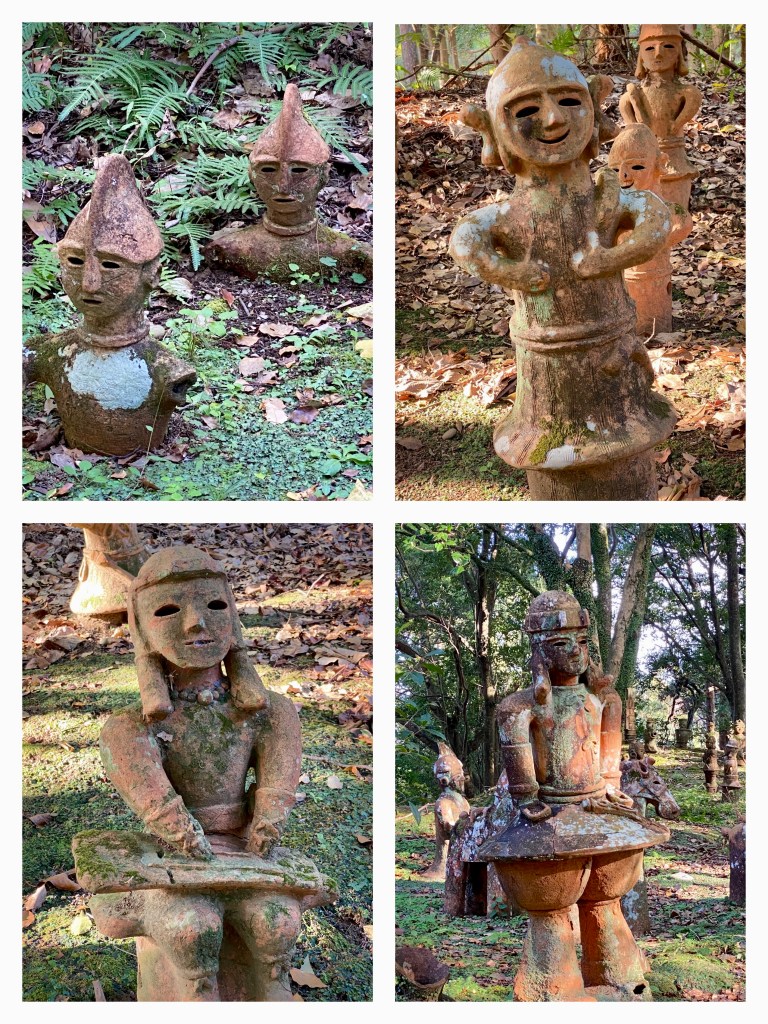
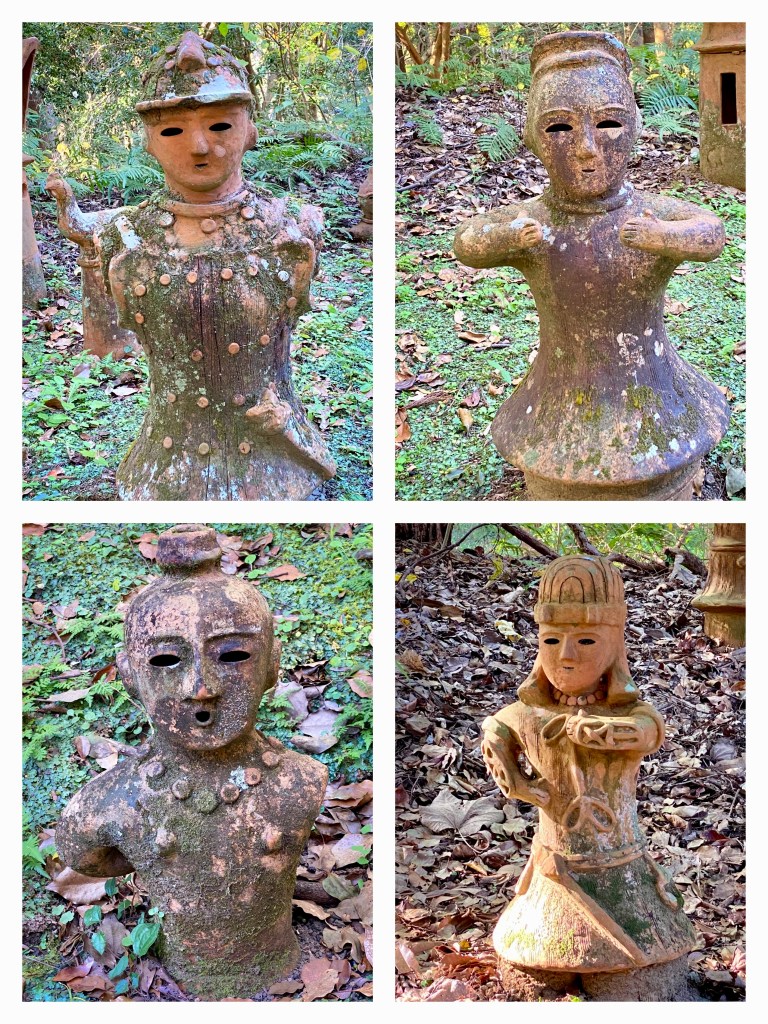
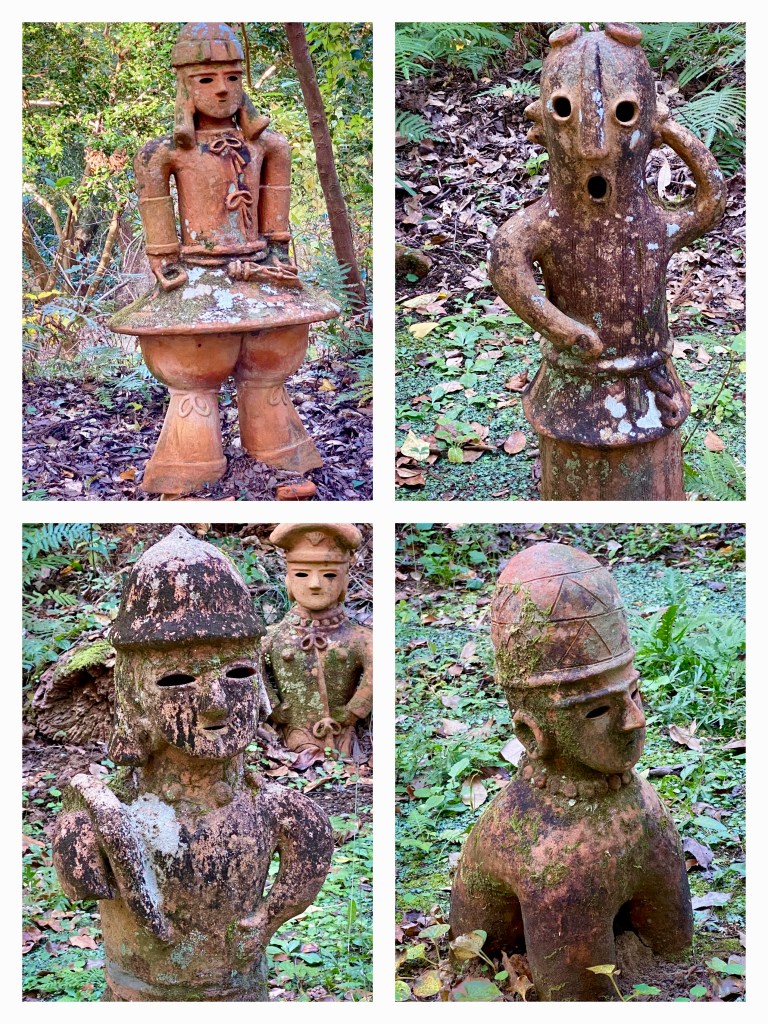
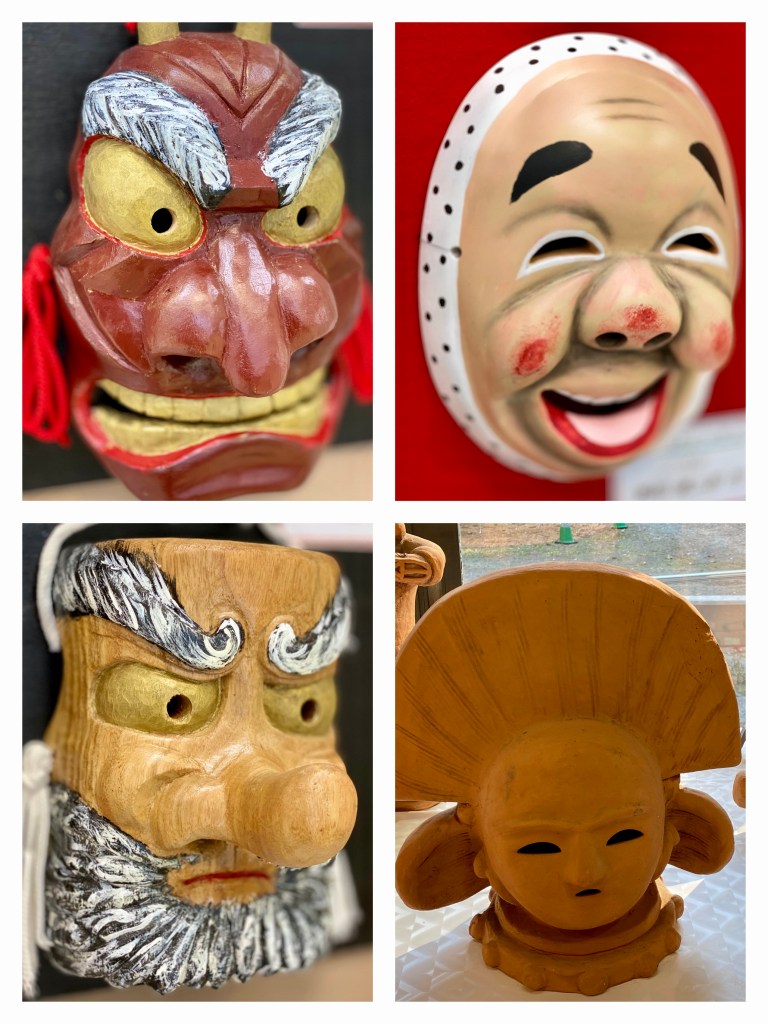
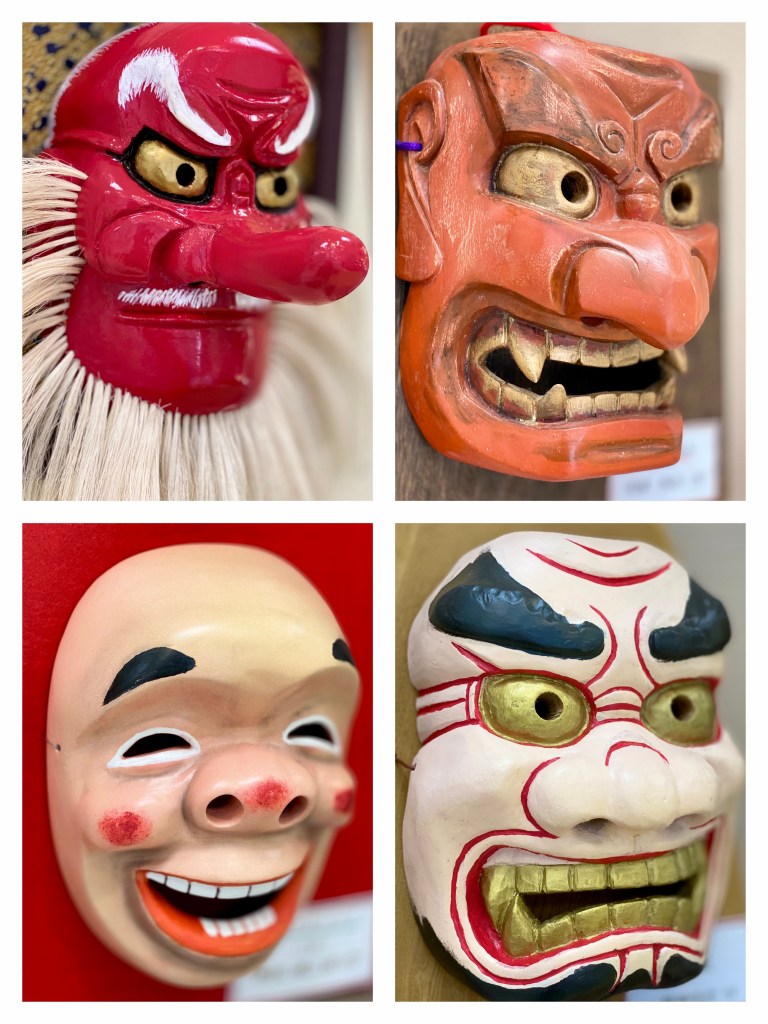
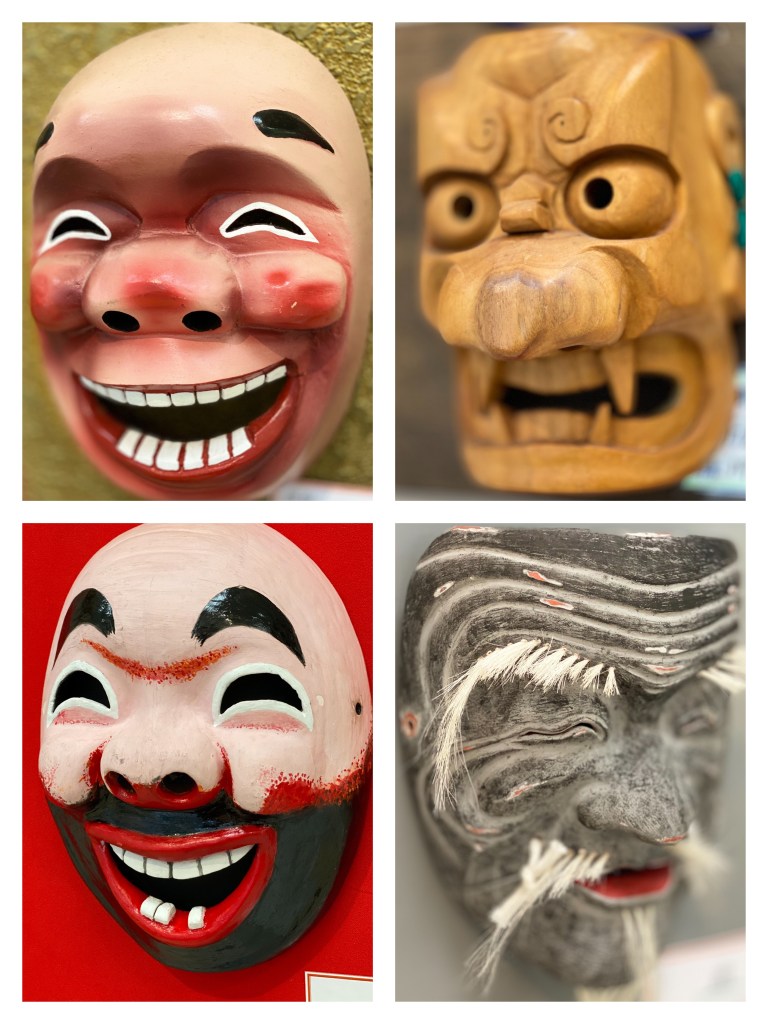
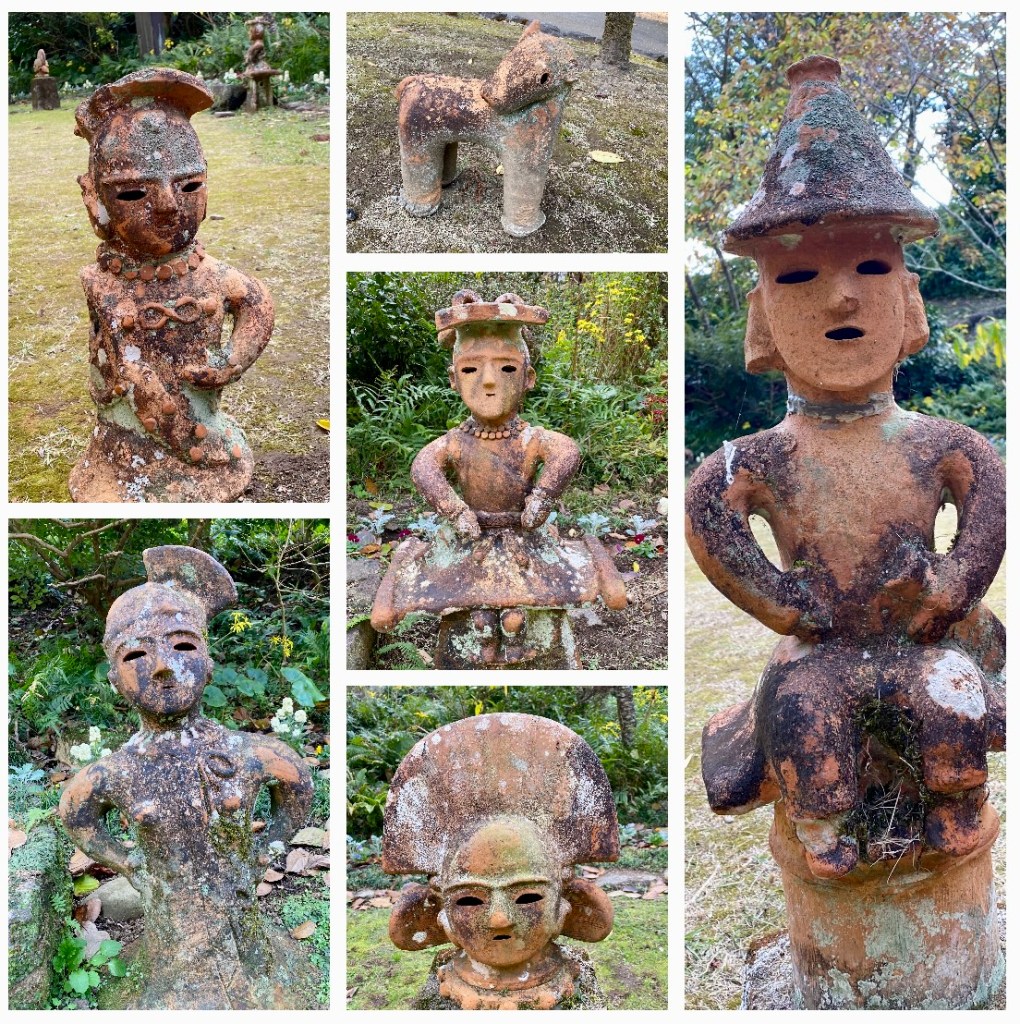
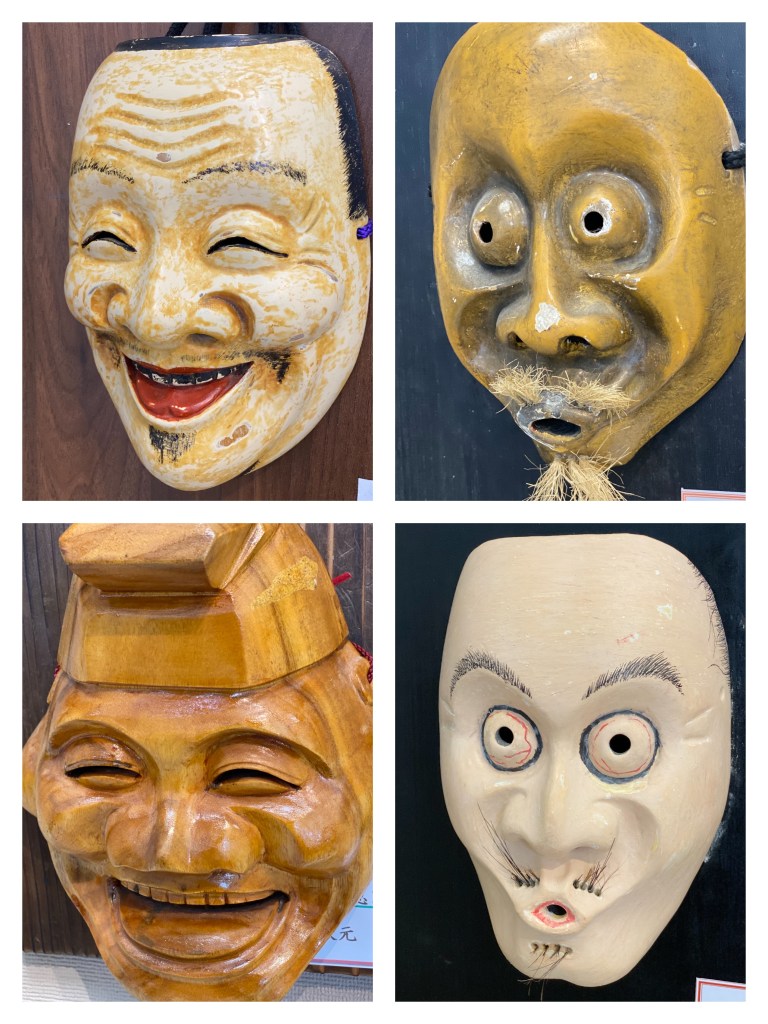
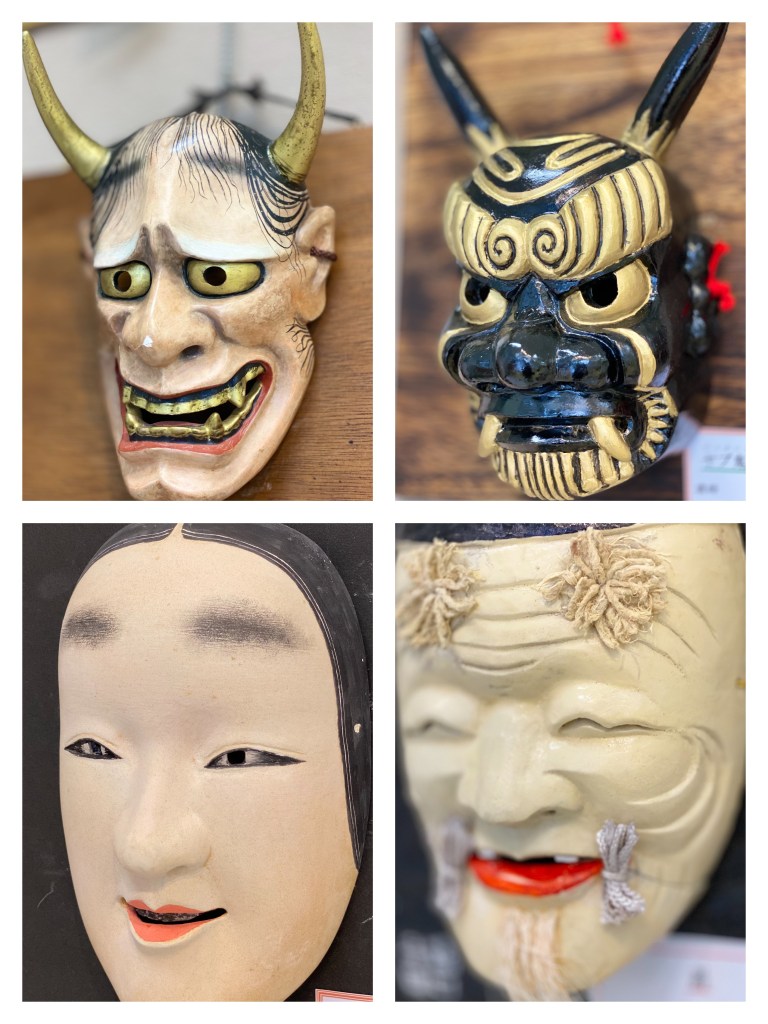
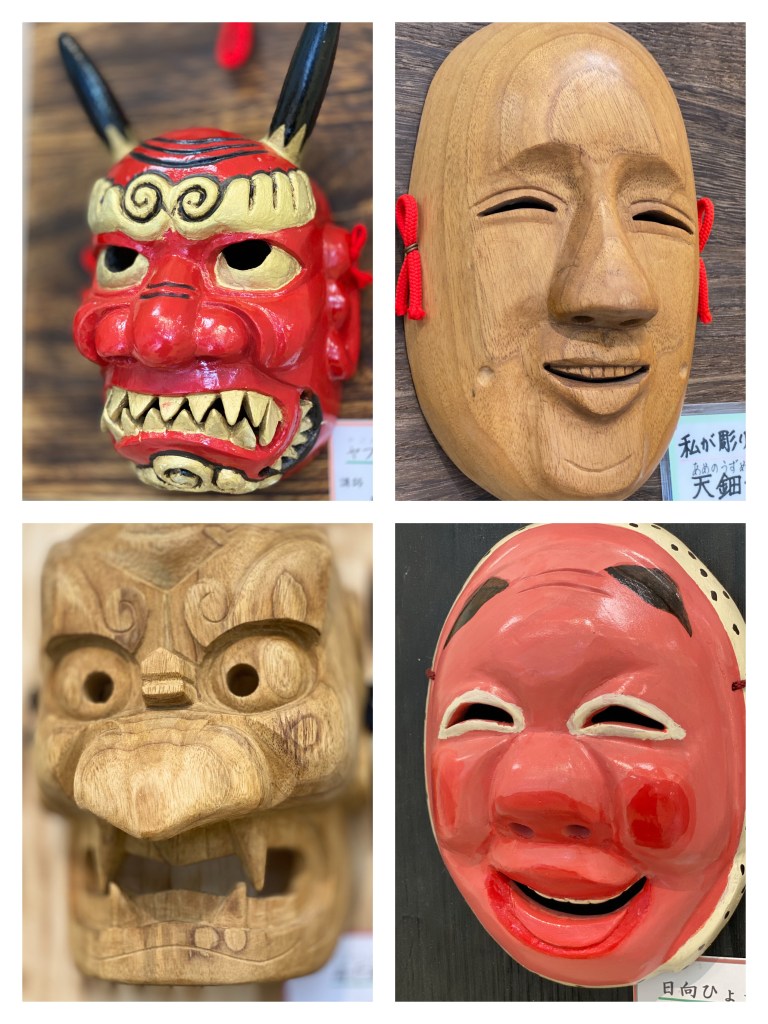
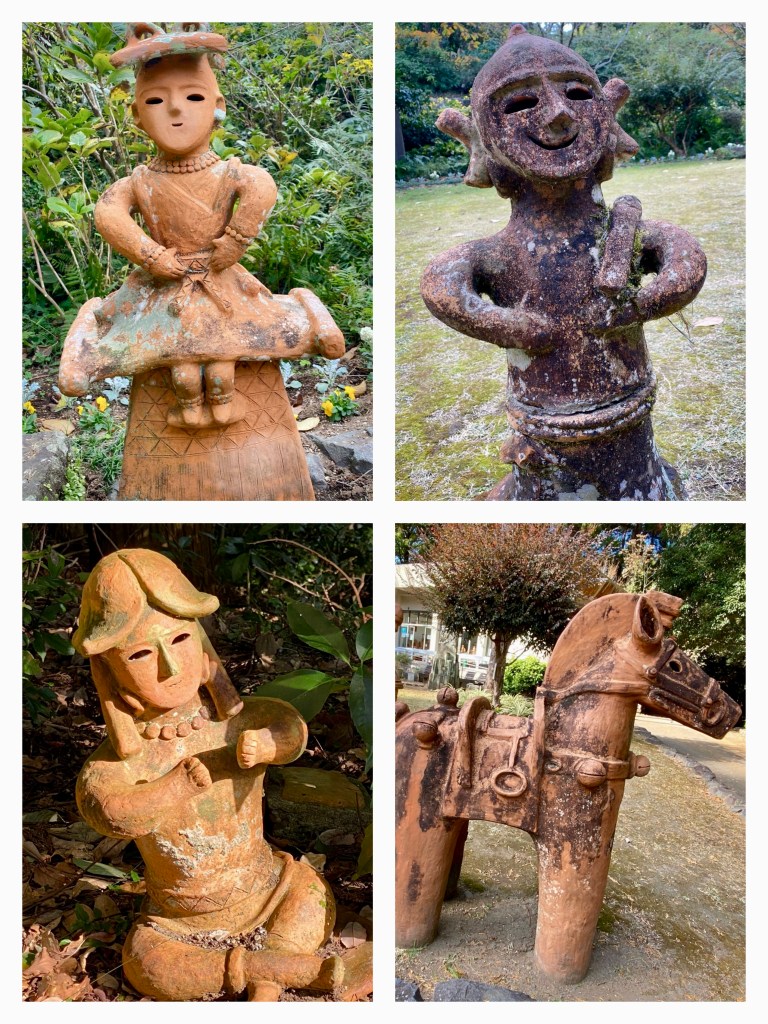
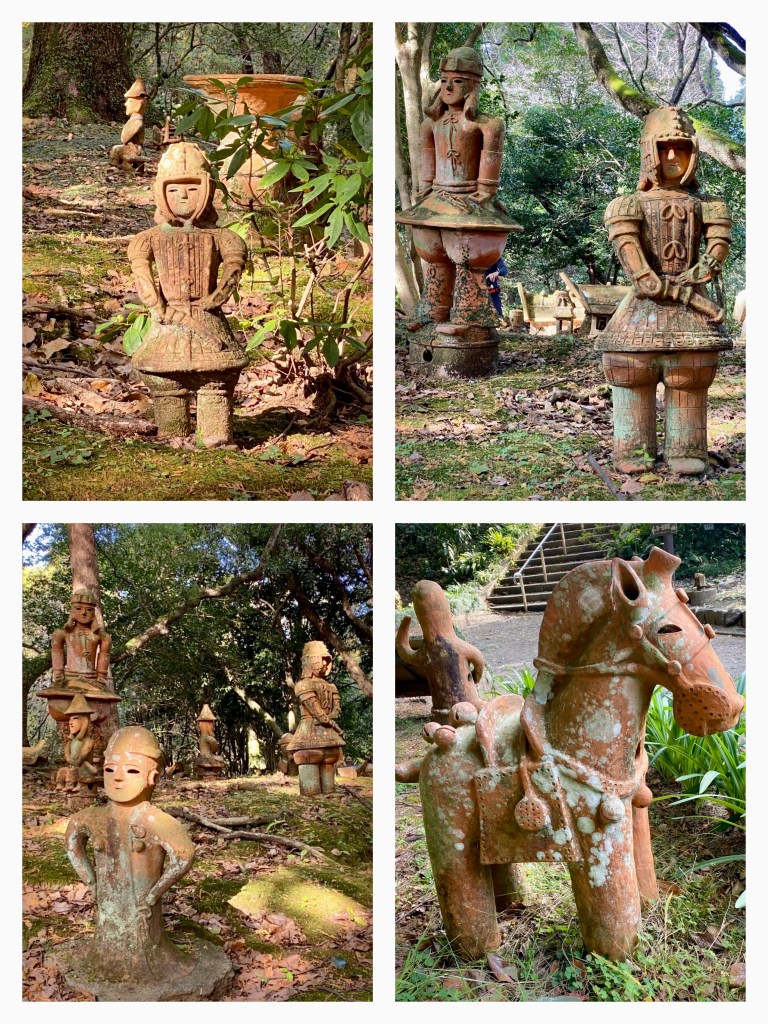
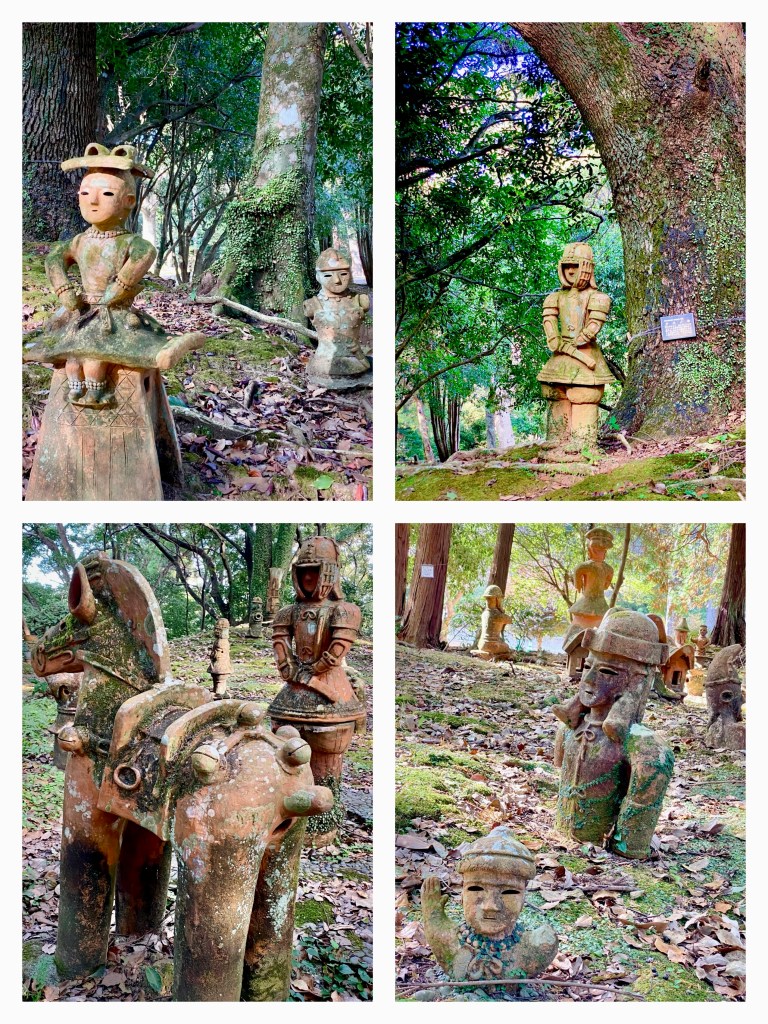
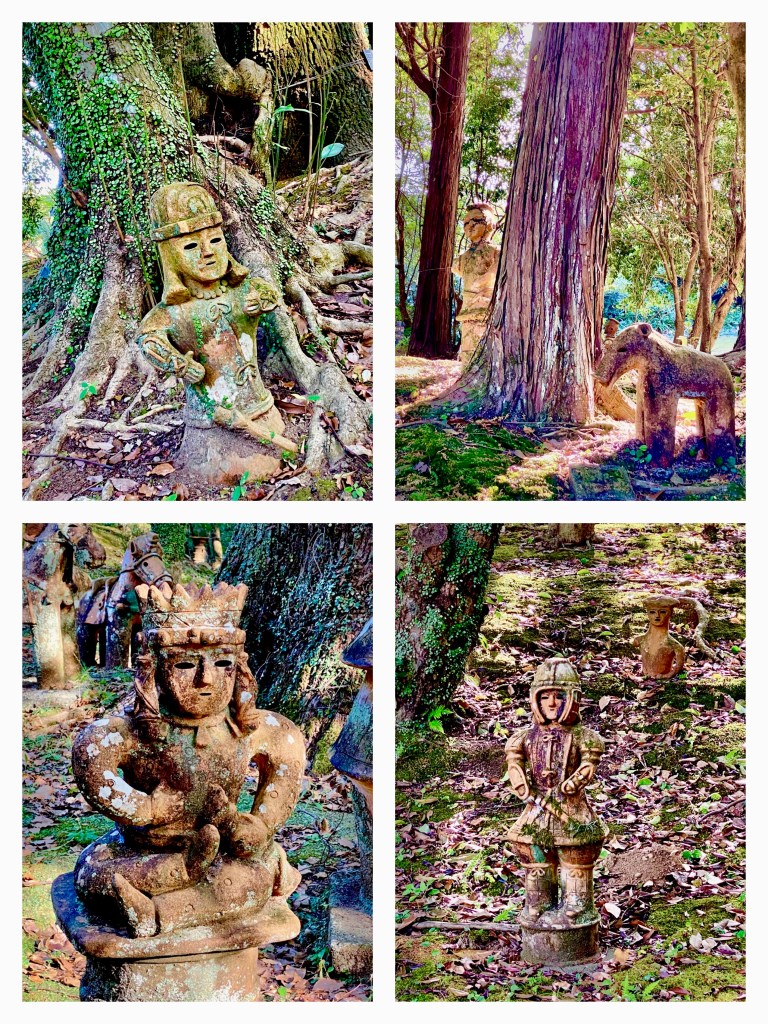
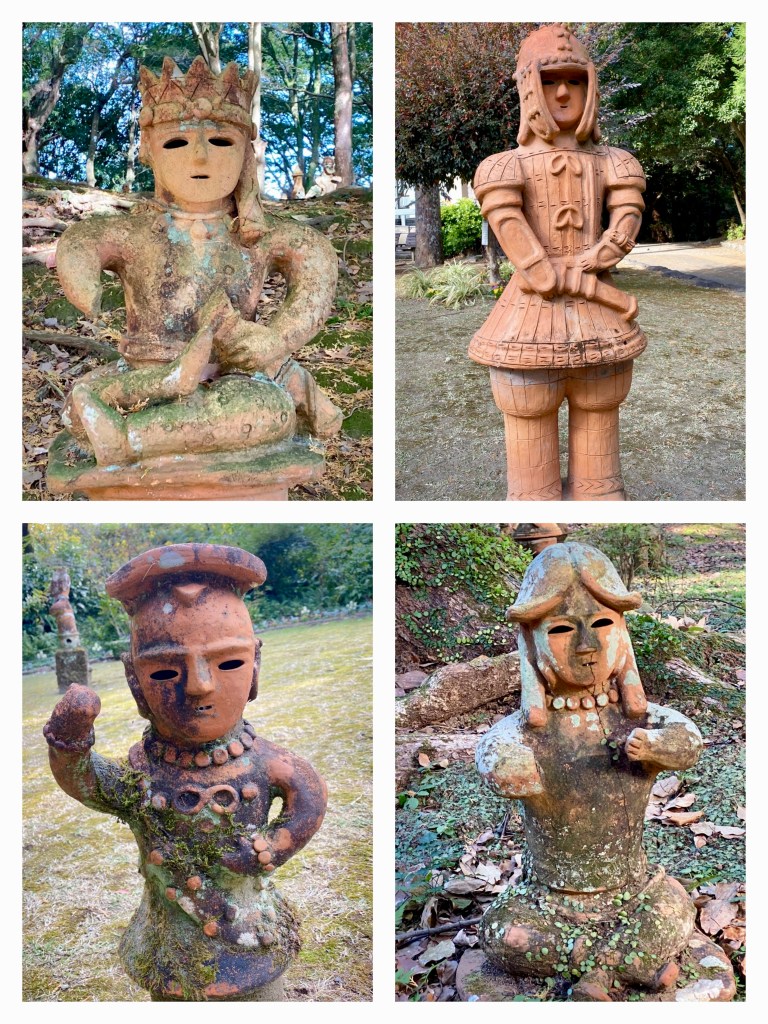

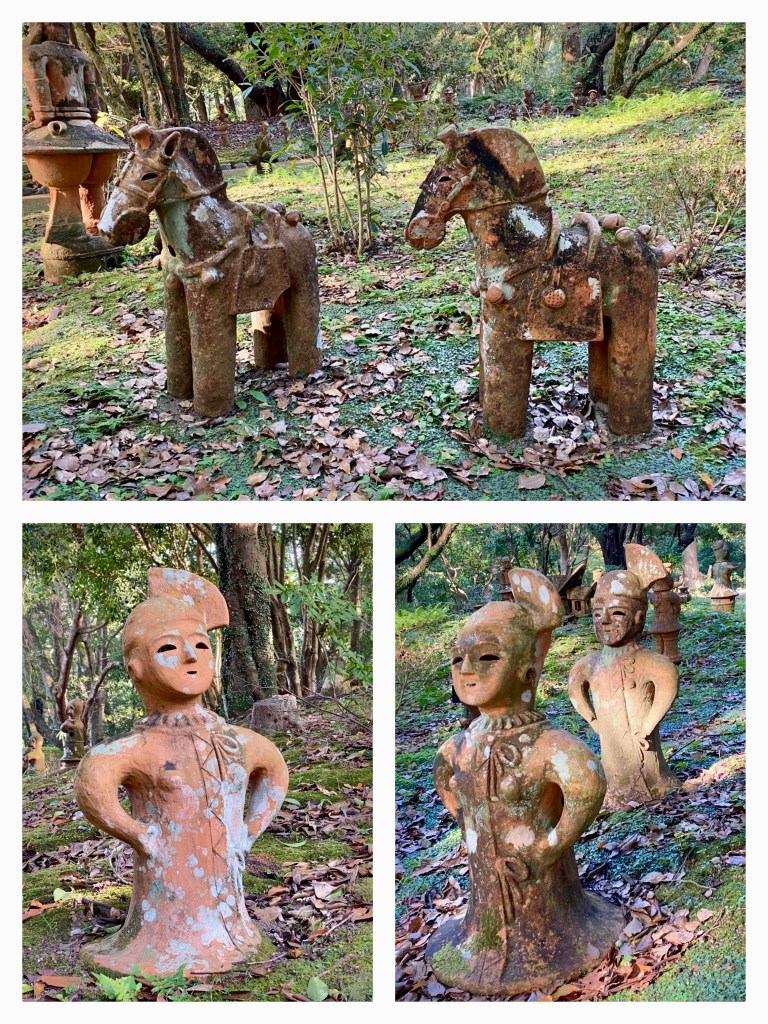

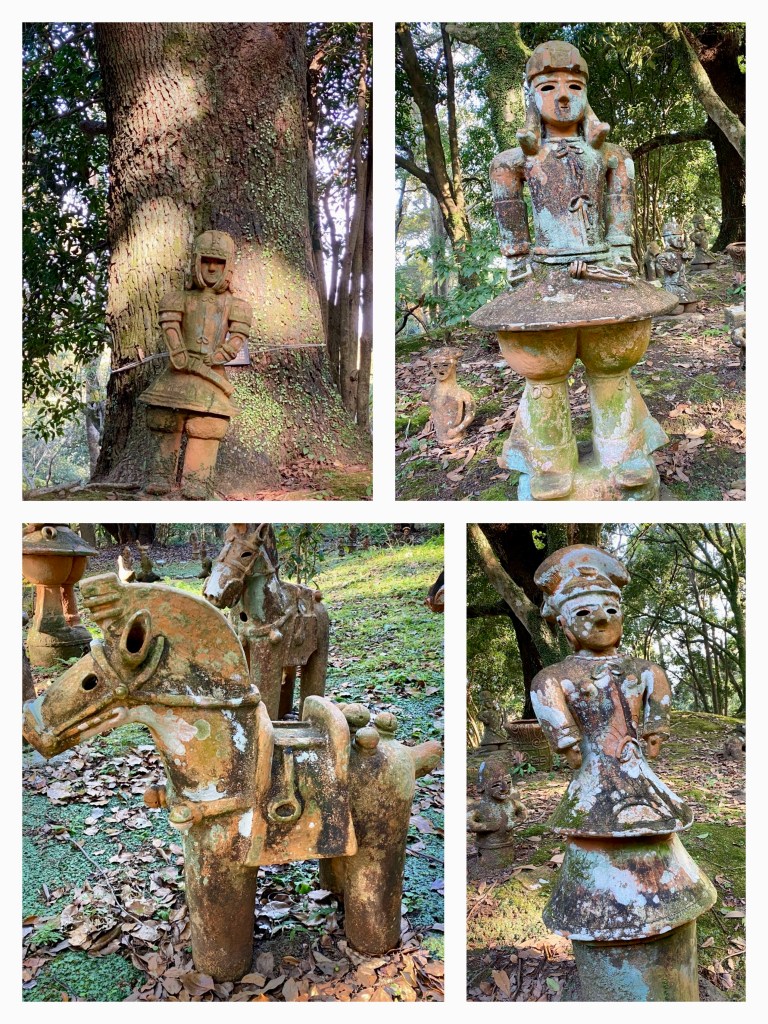
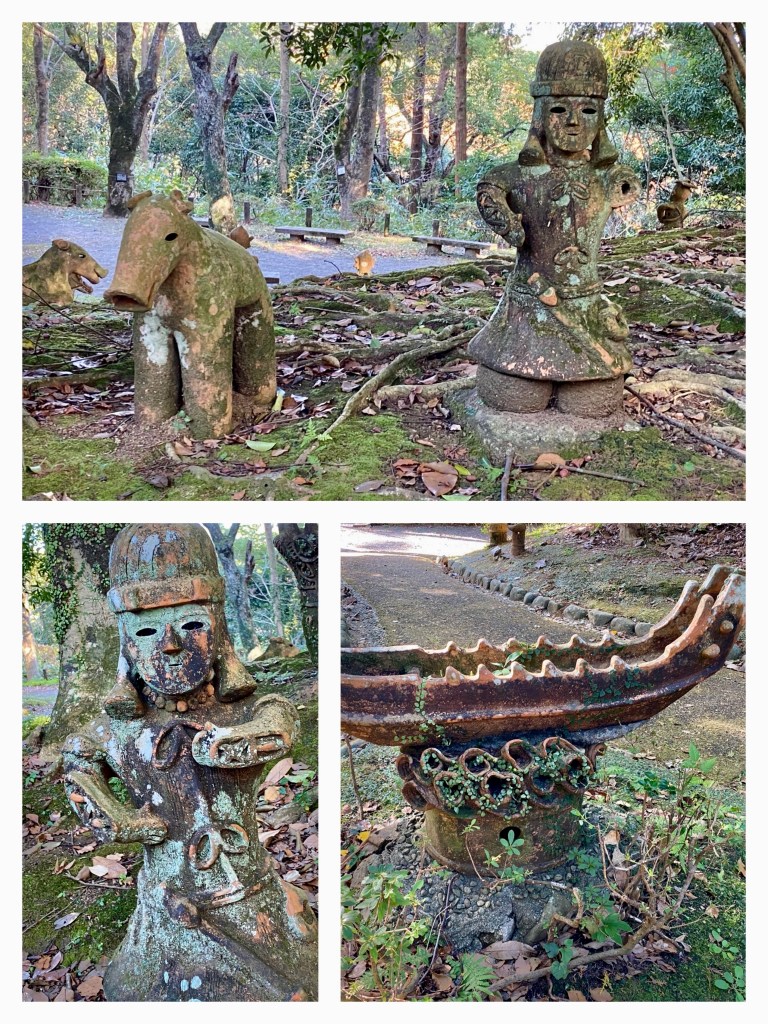
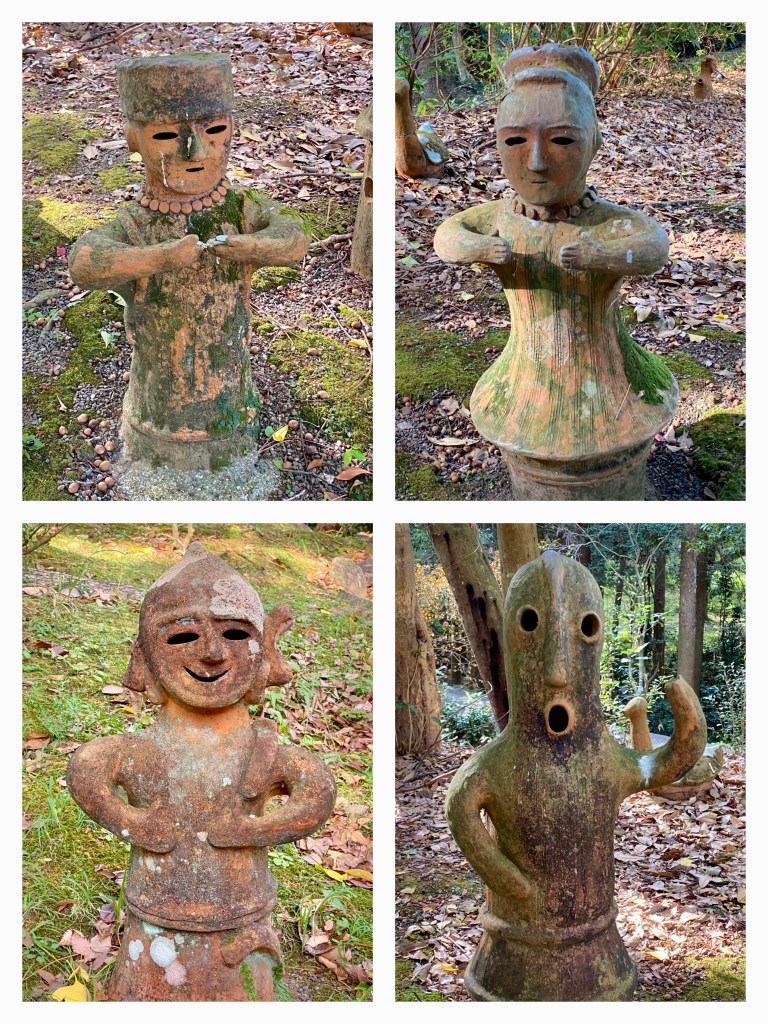
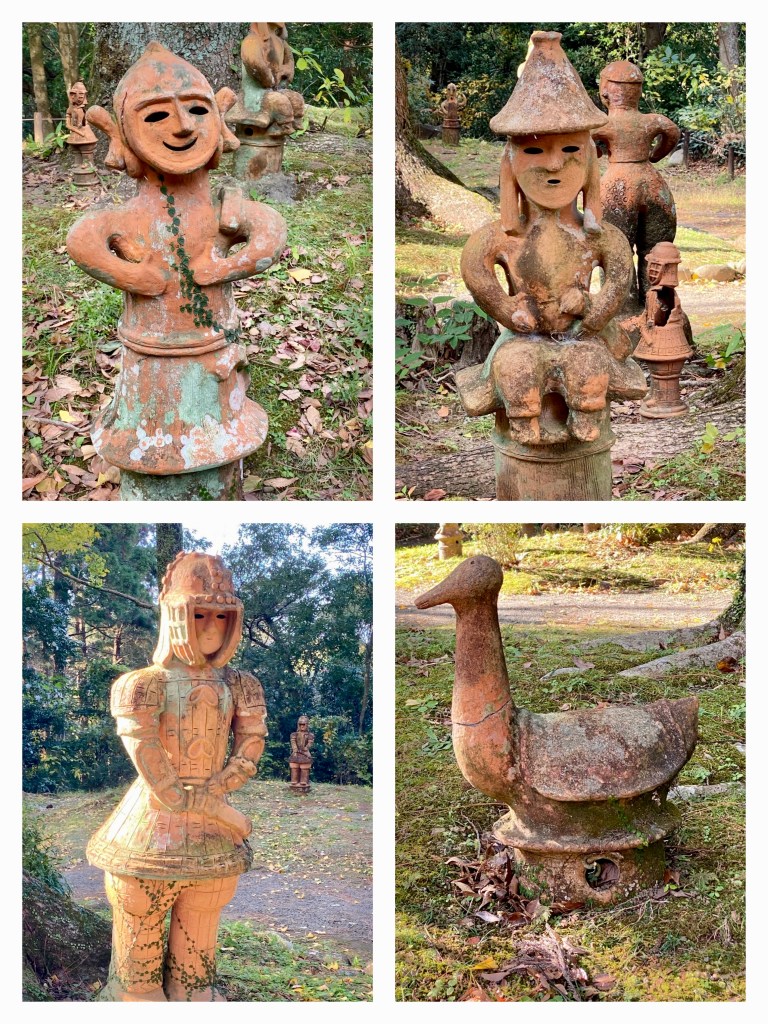
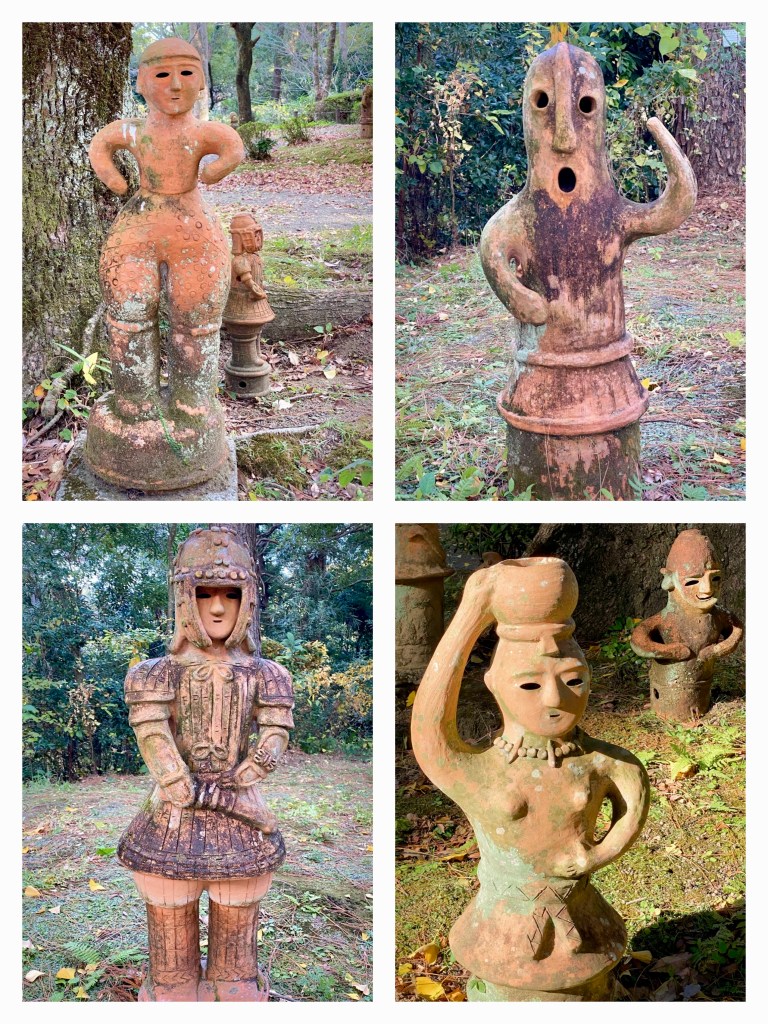
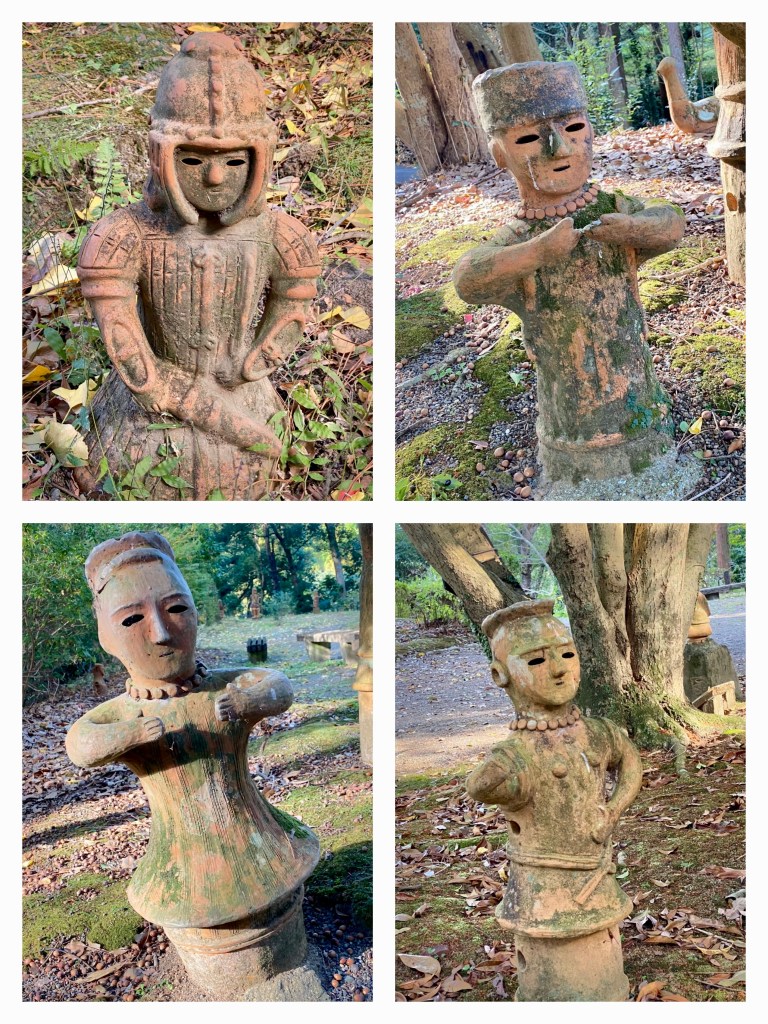
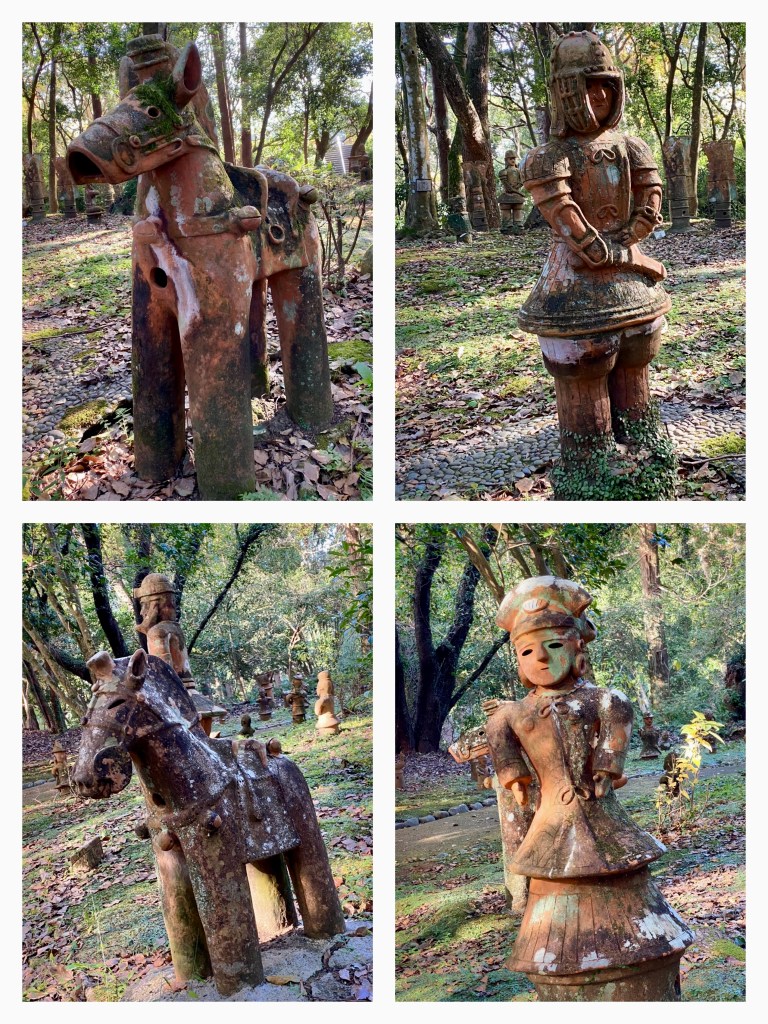

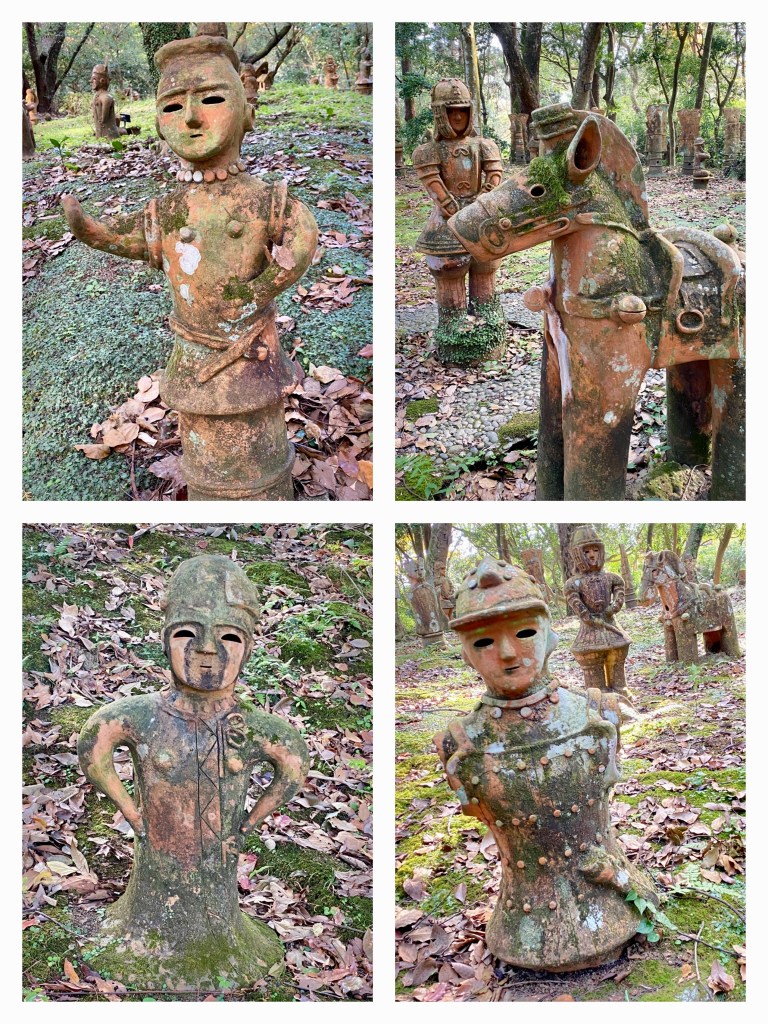
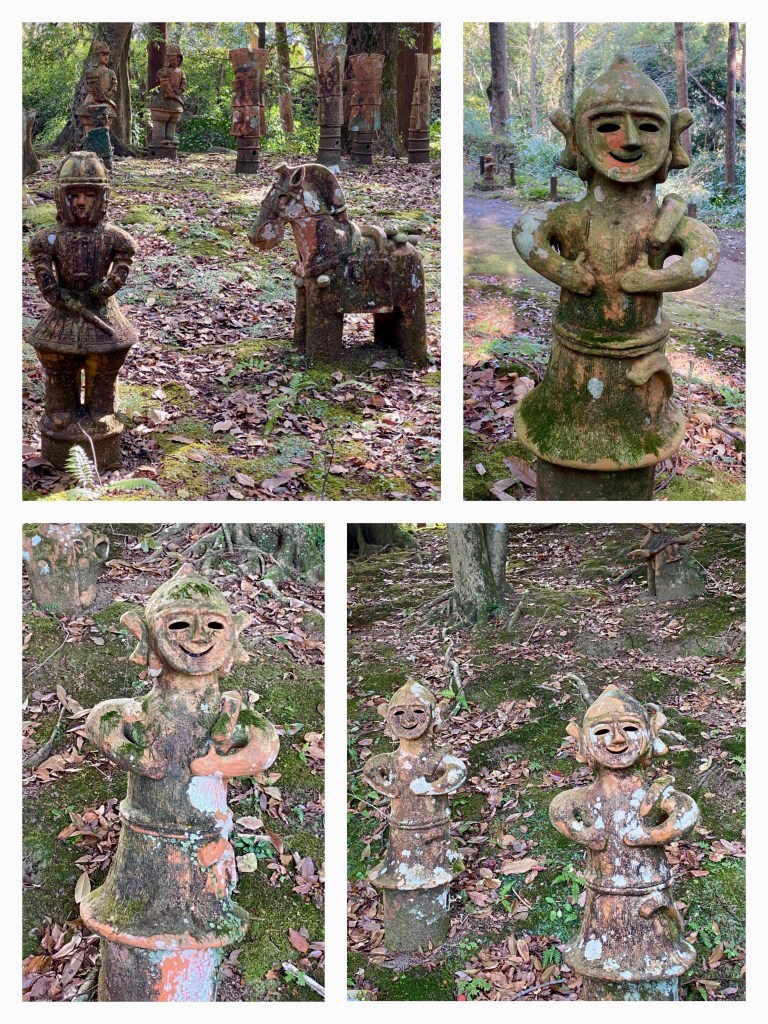
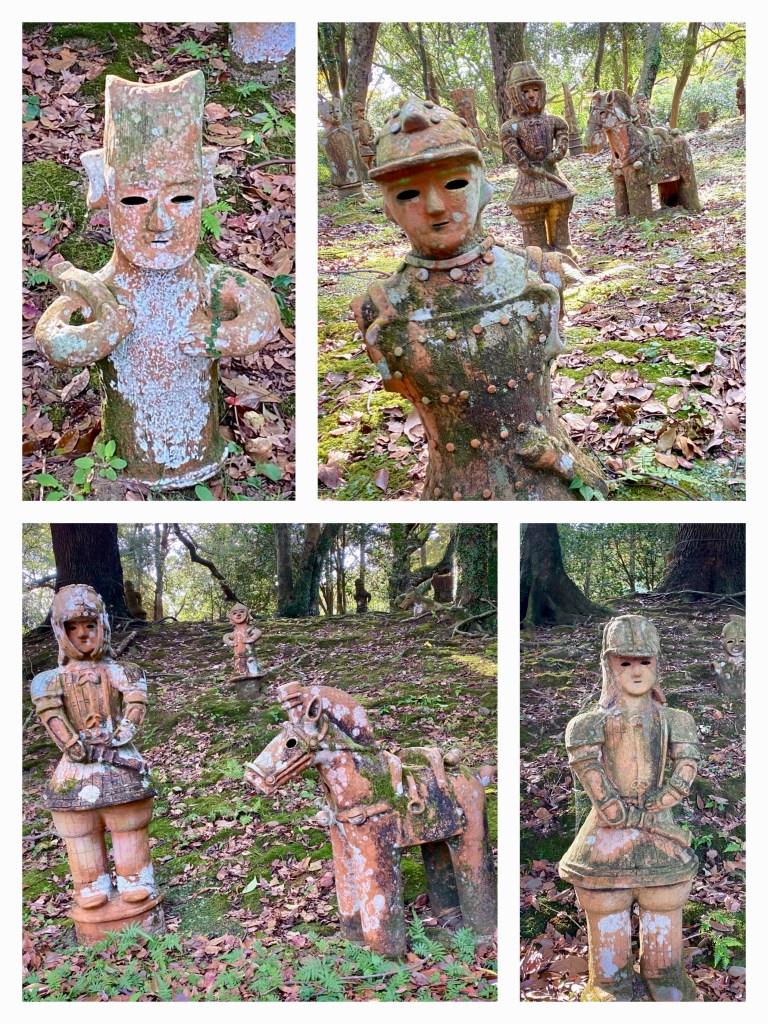
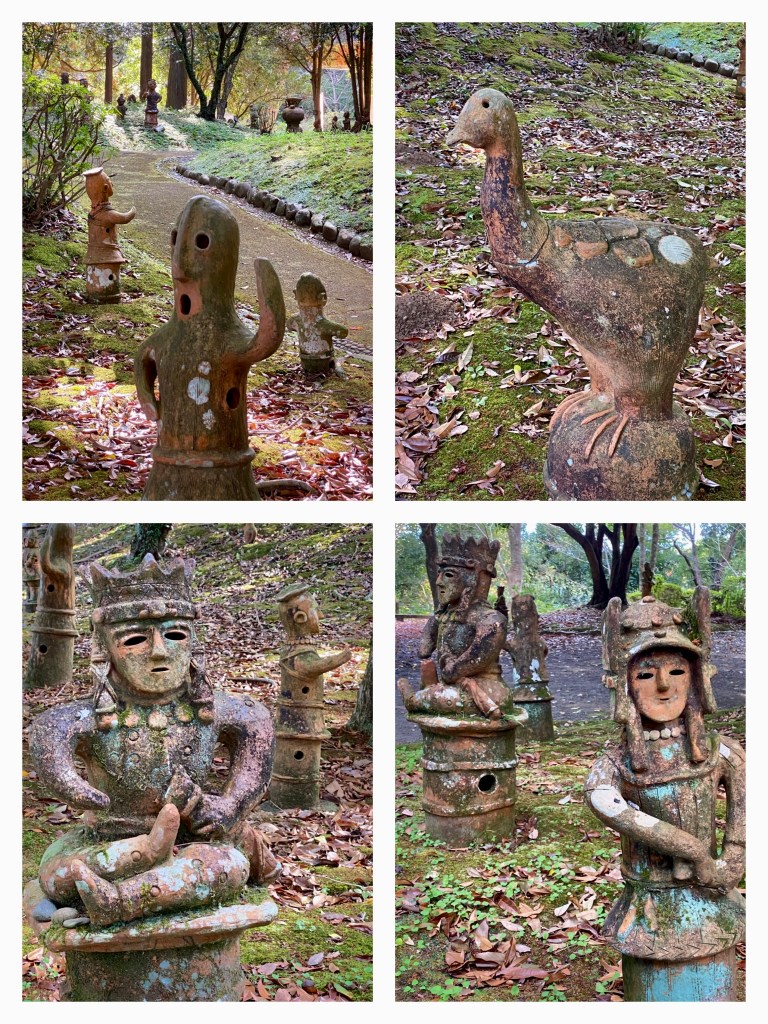
Day 66 - A Magical Forest With Hundreds of Kofun Era Haniwa Burial Statues In Miyazaki, The Kyushu 108 Temple Pilgrimage, Japan
Heiwadai Park in Miyazaki is a vast and very beautiful park, located north of the Miyazaki Shrine.
After a wonderful breakfast full of choices that we don’t normally get at Japanese breakfasts, like mushroom rice and sweet potato ice cream with persimmons and non alcoholic wine, we walked north to visit the Miyazaki shrine.
Miyazaki Shrine (Miyazaki Jingū) is the oldest and most important shrine in the city.
It is dedicated to Emperor Jimmu.
According to myth, Japan's first emperor, Emperor Jimmu, was a descendant of the Sun Goddess Amaterasu.
He was enthroned in the year 660 BC.
While the myths are not considered historically accurate, it is commonly accepted that the emperors who reigned over Japan for more than 1500 years all descended from the same family.
The shrine is said to have been established more than 2600 years ago.
The shrine's buildings, constructed of simple, unpainted cedar wood, sit in the center of a large, quiet forest of tall trees.
Events such as horseback archery competitions (Yabusame) and festivals are held in the shrine during the year, on the wide pathway beneath the trees.
After saying our prayers and peace blessings for the world, we walked to Heiwadai Park, which is part of the Peace Tower Park.
This park was built in 1940 to celebrate the 2600th anniversary of the ascension of Emperor Jimmu.
Inside the park, we walked around a beautiful big lake, home to many birds, mallards and ducks.
The path that circles around the lake is paved, and offers stunning views of the trees’ reflections in the water.
The forest is a living habitat for many kinds of birds, and as we walked around it listening to the different bird songs, I wondered why this park is not listed as a must visit when you come to Miyazaki.
The Peace Tower, situated on top of the hills and itself 37 meters tall, was constructed from stones sent from all around the world.
The Peace Tower was meant to symbolize a united world.
On the front of the tower is written the phrase "Hakko Ichiu", which is attributed to Emperor Jimmu, and means: "United under one roof".
Heiwadai Park has an interesting acoustic trick.
If you face the Peace Tower from the center of the wide lawn at its base, and clap your hands, the sound will be magnified and sent back toward you.
At the far end of the park in a quiet forest, is the Haniwa Forest Garden.
Between the trees stands a collection of over 400 replica Haniwa burial statues, depicting animals, warriors, dancers, boats and houses, all arranged along a walking path through the trees.
During the Kofun Period, these clay statues were placed around burial mounds in tribute to the deceased.
The Haniwa are unglazed pottery figures, excavated from ancient burial mounds, originally made some 1300-1600 years ago.
They depict the appearance and tools of the ancient people of the time.
The 400 replicas of the Haniwa clay burial statues were excavated from ancient Kofun tombs all over japan.
They are found as far North as Aomori Prefecture, and as far South as Kagoshima Prefecture.
The Horse-shaped Haniwa depicts a horse with a decorated saddle with panels on both sides, and various bells and decorative leaf-shaped metal ornaments adorning the front and the hind quarters.
Decorated Horse Haniwa are believed to have been a symbol of power, and were likely used in formal ceremonies.
There were a few statues of a fully-armed warrior depicting a man wearing an iron helmet and body armor, with iron gauntlets, holding a sword in his right hand, and a bow in the left, and a container for arrows on his back.
The Haniwa can be broadly divided into cylindrical Haniwa, including those that represent houses, weapons and tools, and Haniwa that depict animals and humans.
Shields are among the oldest of the Haniwa that depict tools. Many of these Haniwa show the outer face of the shield engraved with magical symbols or triangles.
These Haniwa, depicting a person looking over the top of a large shield that obscures his body, were placed facing outwards in key areas of the ancient tombs to protect them from enemies.
It is therefore thought that they represent soldiers protecting the burial mounds.
The Haniwa were made from the latter part of the 3rd Century to the 7th Century, and were used to protect, as well as to decorate ancient tombs.
Ship Haniwa sculptures adepict a semi structured ship, with the bottom of the hull made from a single hollowed out log, and an upper portion with several openings for oars.
Ship Haniwa are thought to represent a large ship going on a voyage in the afterlife, through the vast open sea.
But much more than any details and facts was the feeling I got when I walked through this magical forest and admired the beautiful statues.
The statues looked so artistic, yet so real in their expressions, and so steeped in beauty and history.
The little girls statues, depicted sitting on a tree stump, looked almost whimsical.
The court ladies statues looked contemporary, as if they were made by an artist living today, yet they were made by an ancient culture.
We sat to drink our tea in the forest.
I wanted to linger and enjoy this beautiful place, but it was getting late and I had plans to go to a big public bath (Onsen) near our hotel.
After returning to our hotel, we collected our laundry, put some toiletries in a bag along with bath towels and washcloths, and walked to the biggest public Onsen in Miyazaki city.
The place was buzzing with people, but there seemed to be many more men than women.
In the women’s baths, they had many different baths including an outdoor cedar bath, a stone bath, an electric current bath, and indoor baths with different temperatures.
After our soaks, we met at the Onsen’s restaurant to have dinner.
Jules nearly always finishes his soak in the hot springs before me, so he waited for me to finish my soak.
We had a good and simple dinner of a salad with tofu, steamed green soybeans, a fresh cabbage salad and a soba noodle set.
Then we went to do our laundry in the adjacent coin laundry, as our hotel does not have a laundry room.
It was our last night in Miyazaki city, and we both agreed that it was a very pleasant farewell to our stay there.
Content and well rested, we watched Netflix for the last evening, and drifted off to sleep.
With lots of love,
Tali
Stats: 22,543 steps
Today’s walk: 16 km
Kilometers walked to date: 1134 km
Temples visited: none